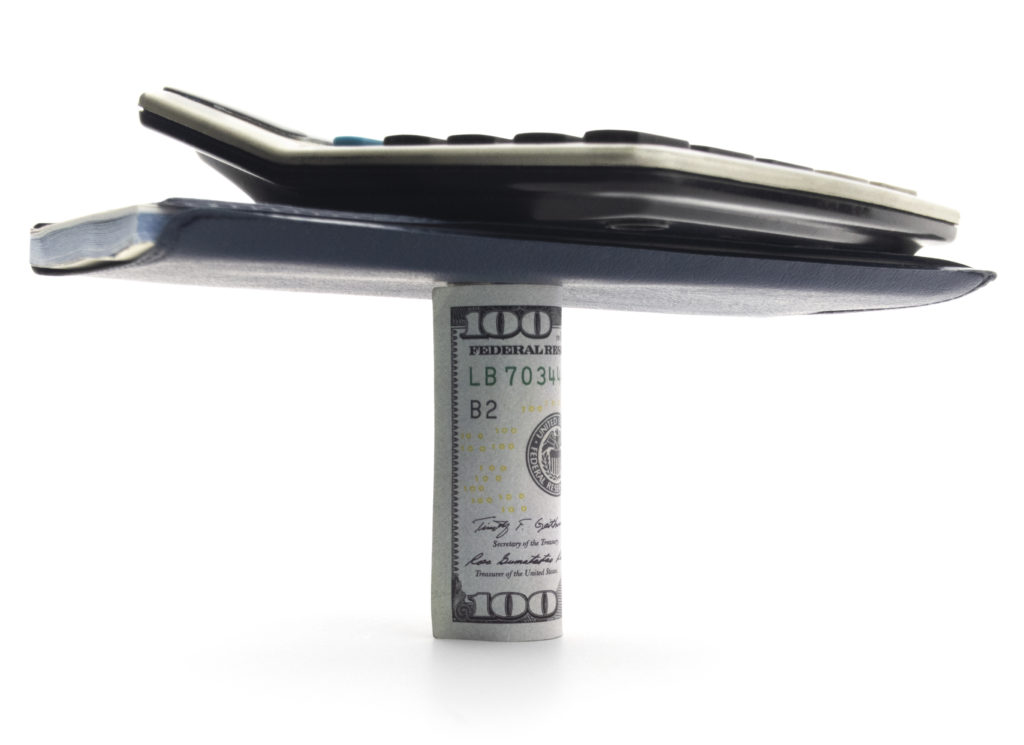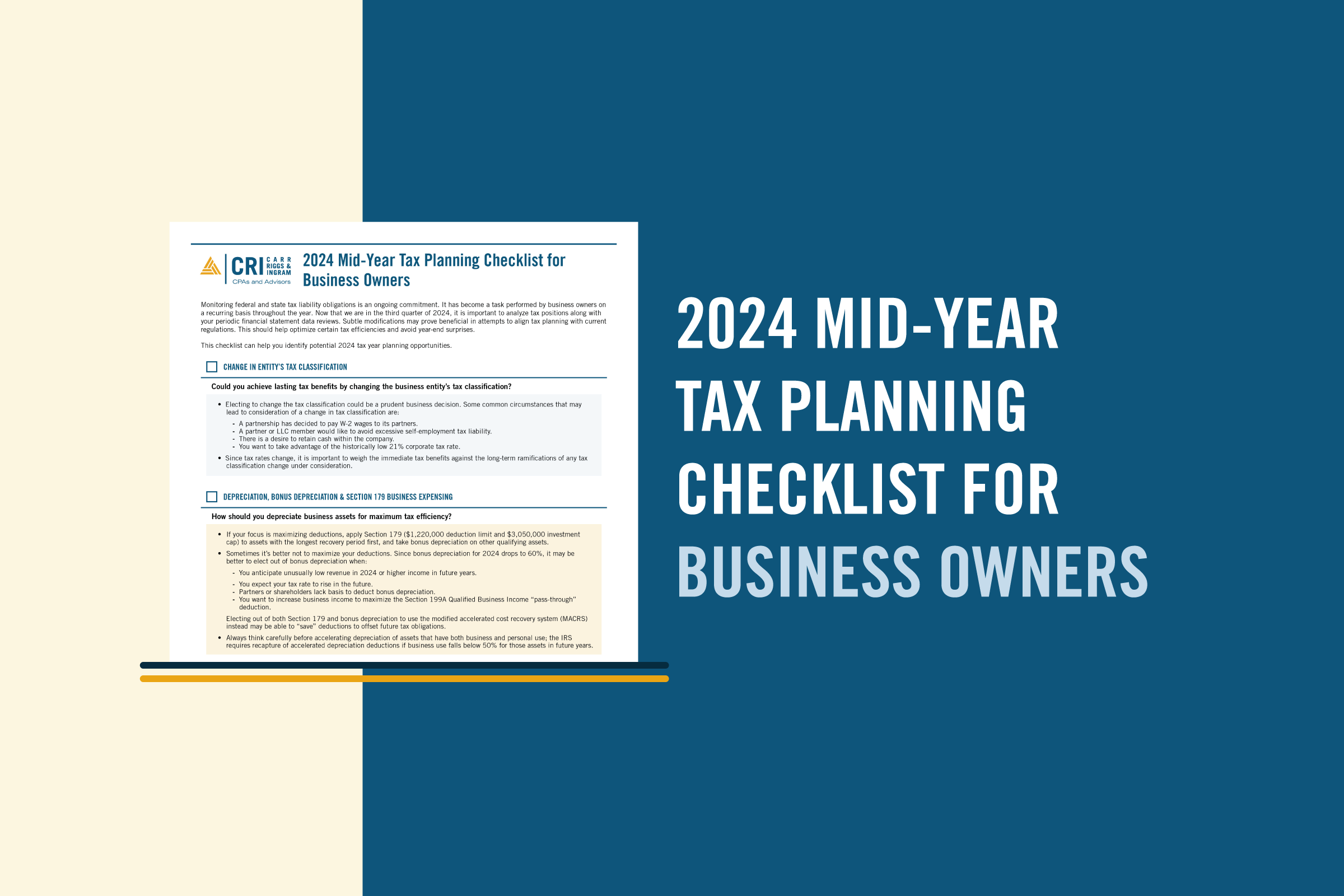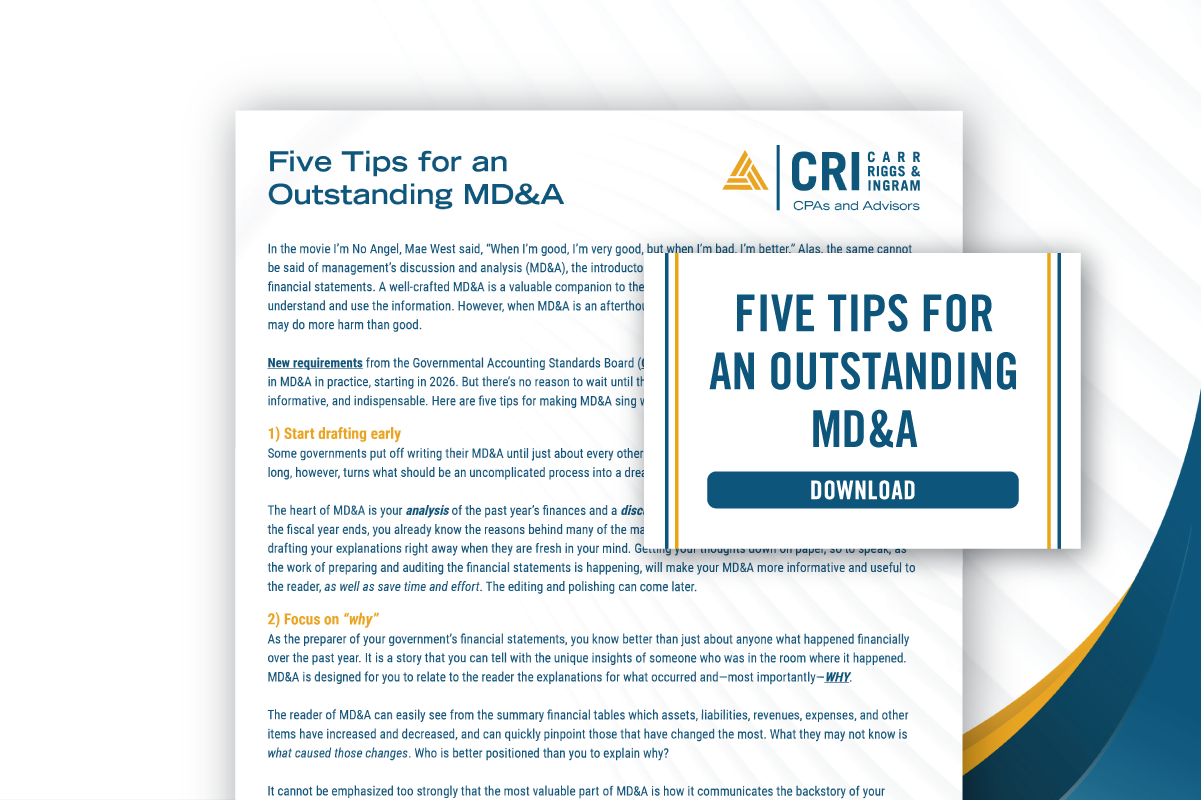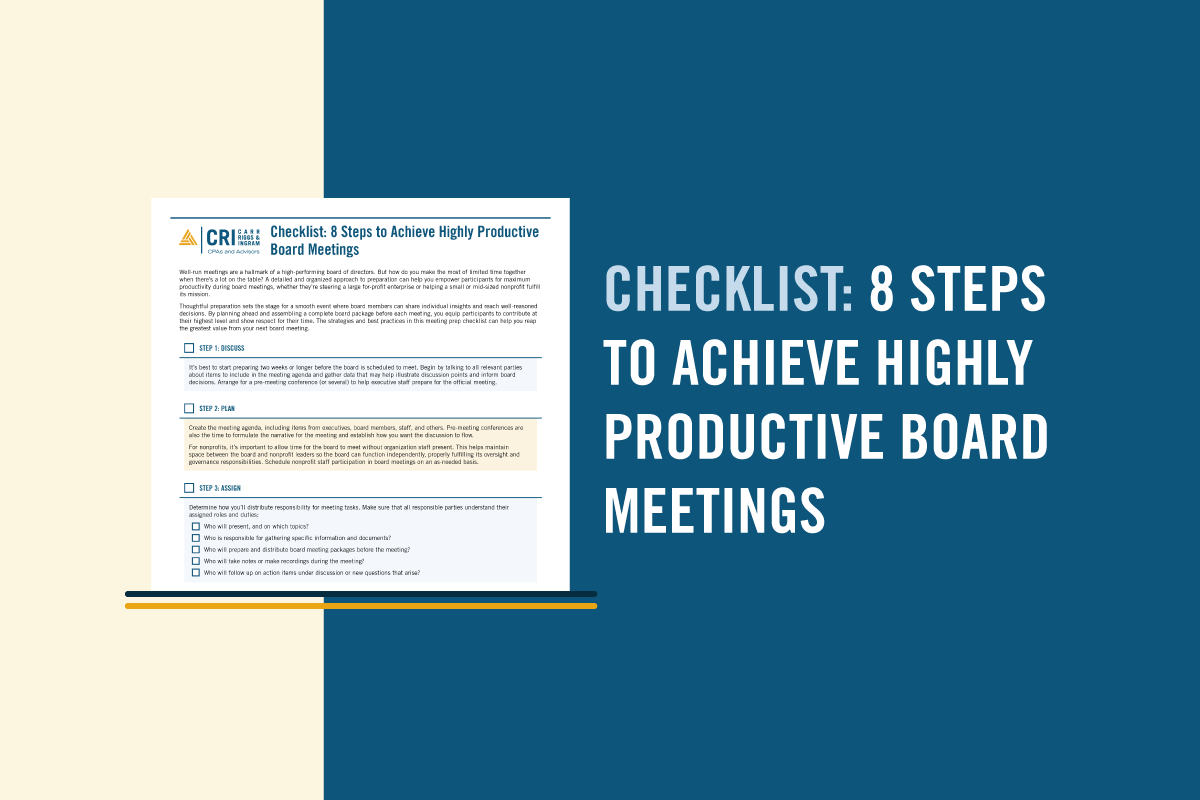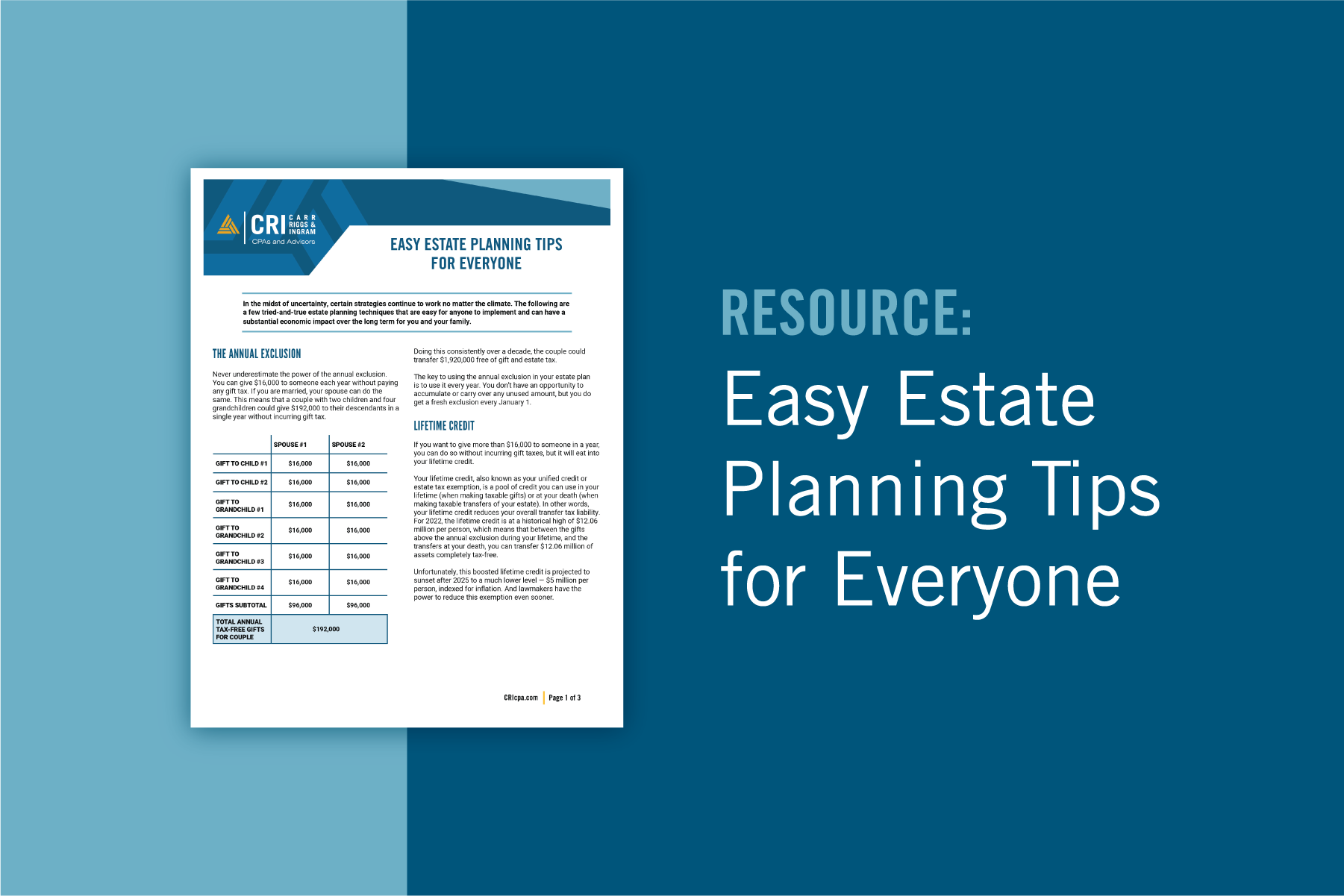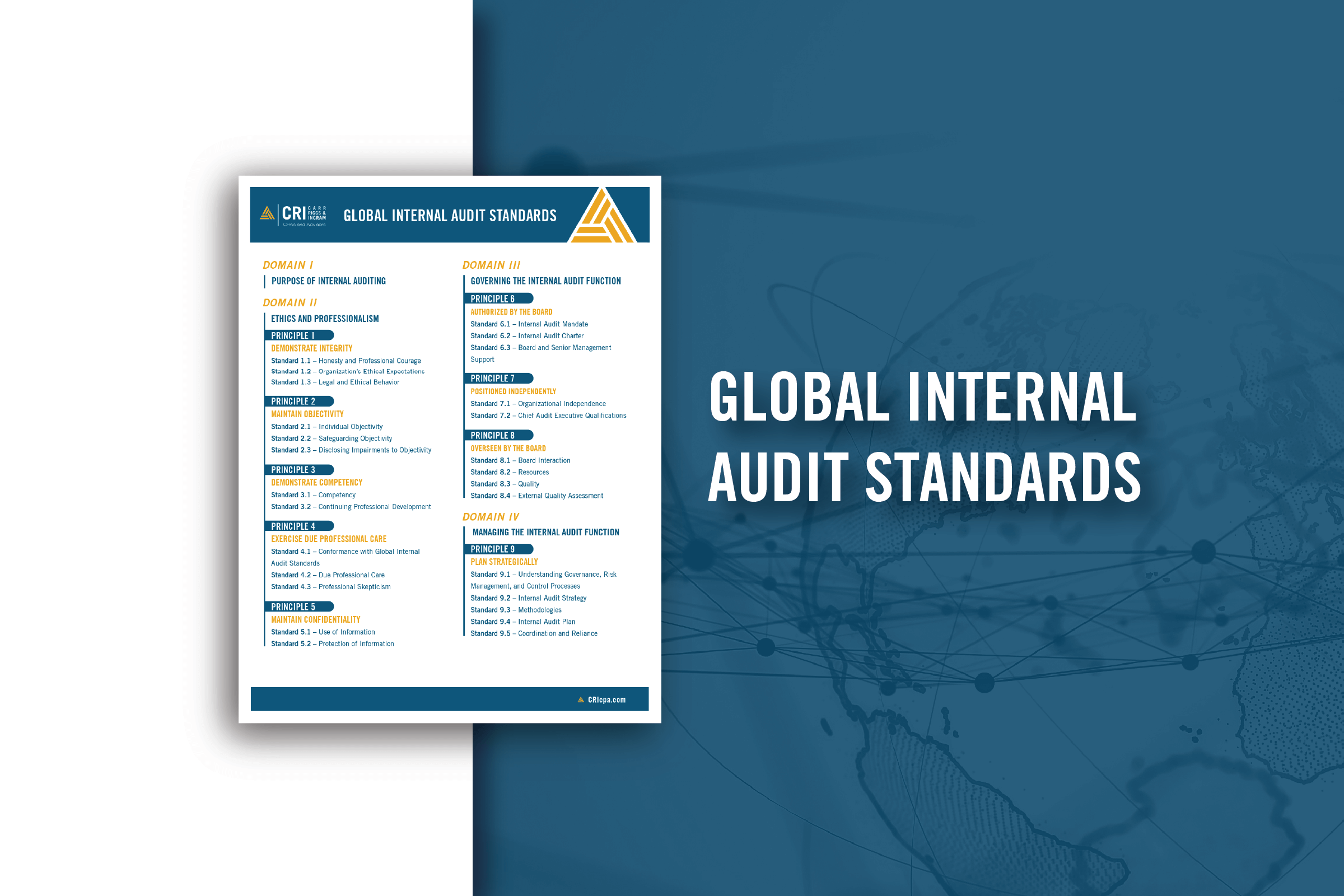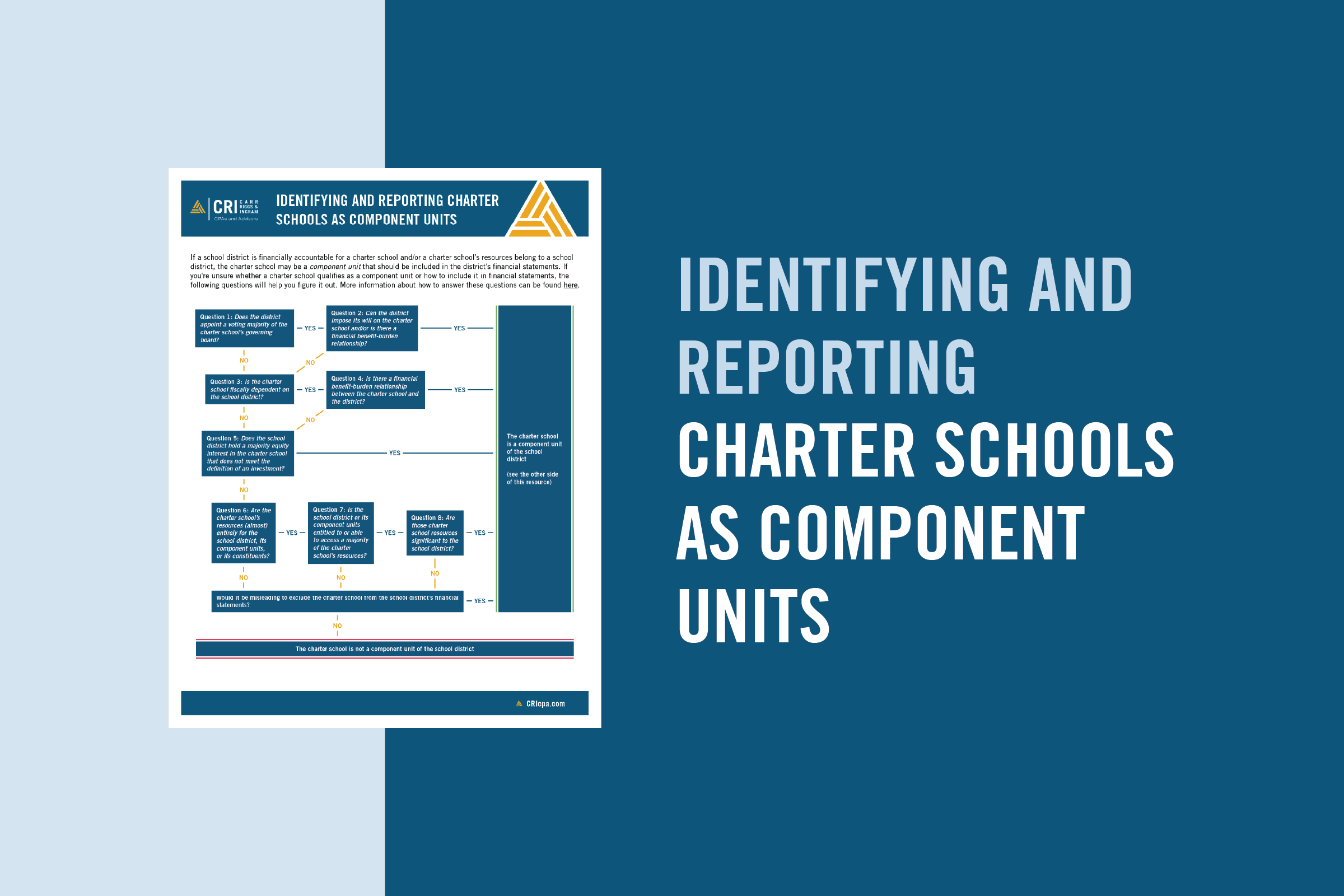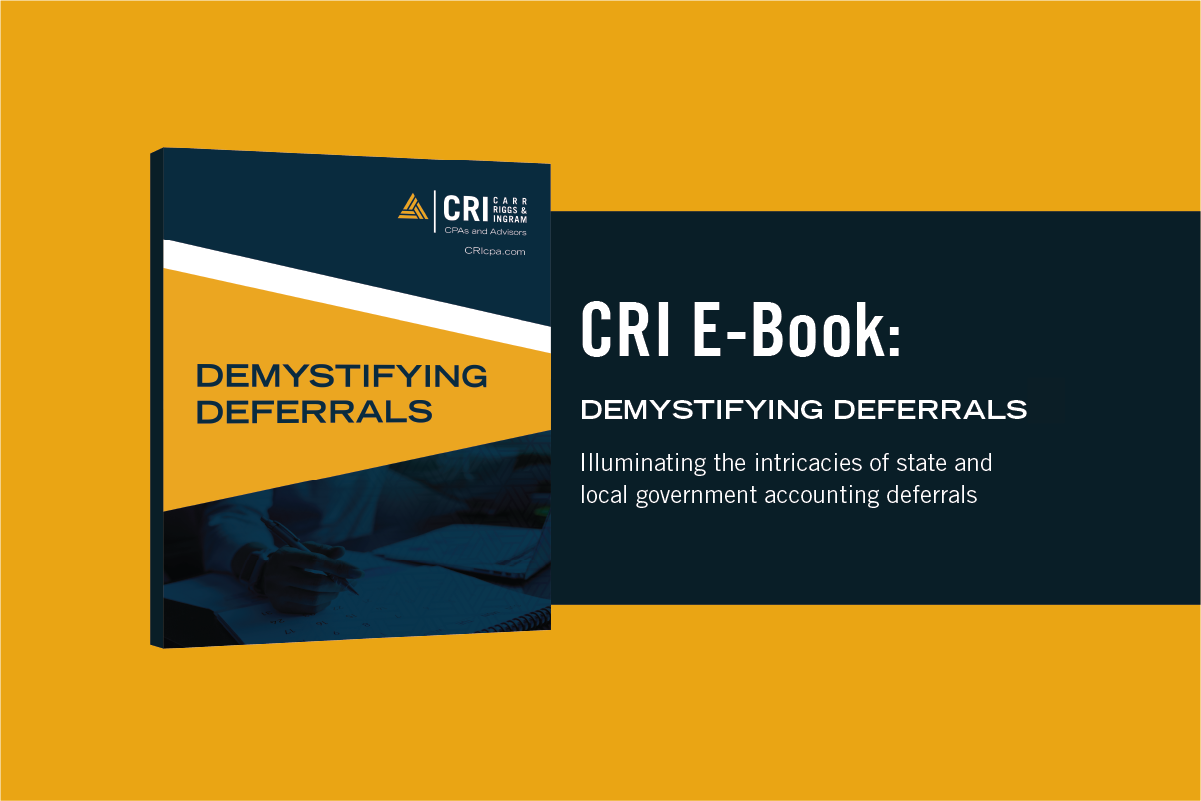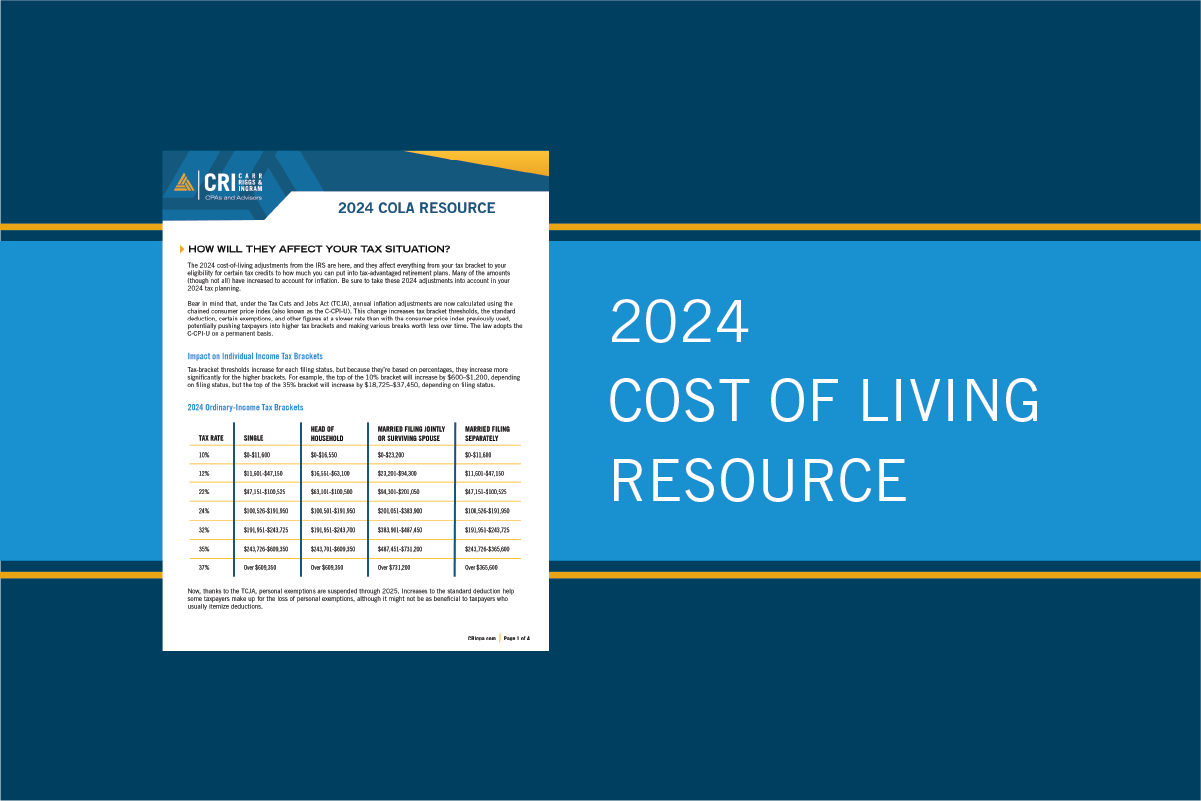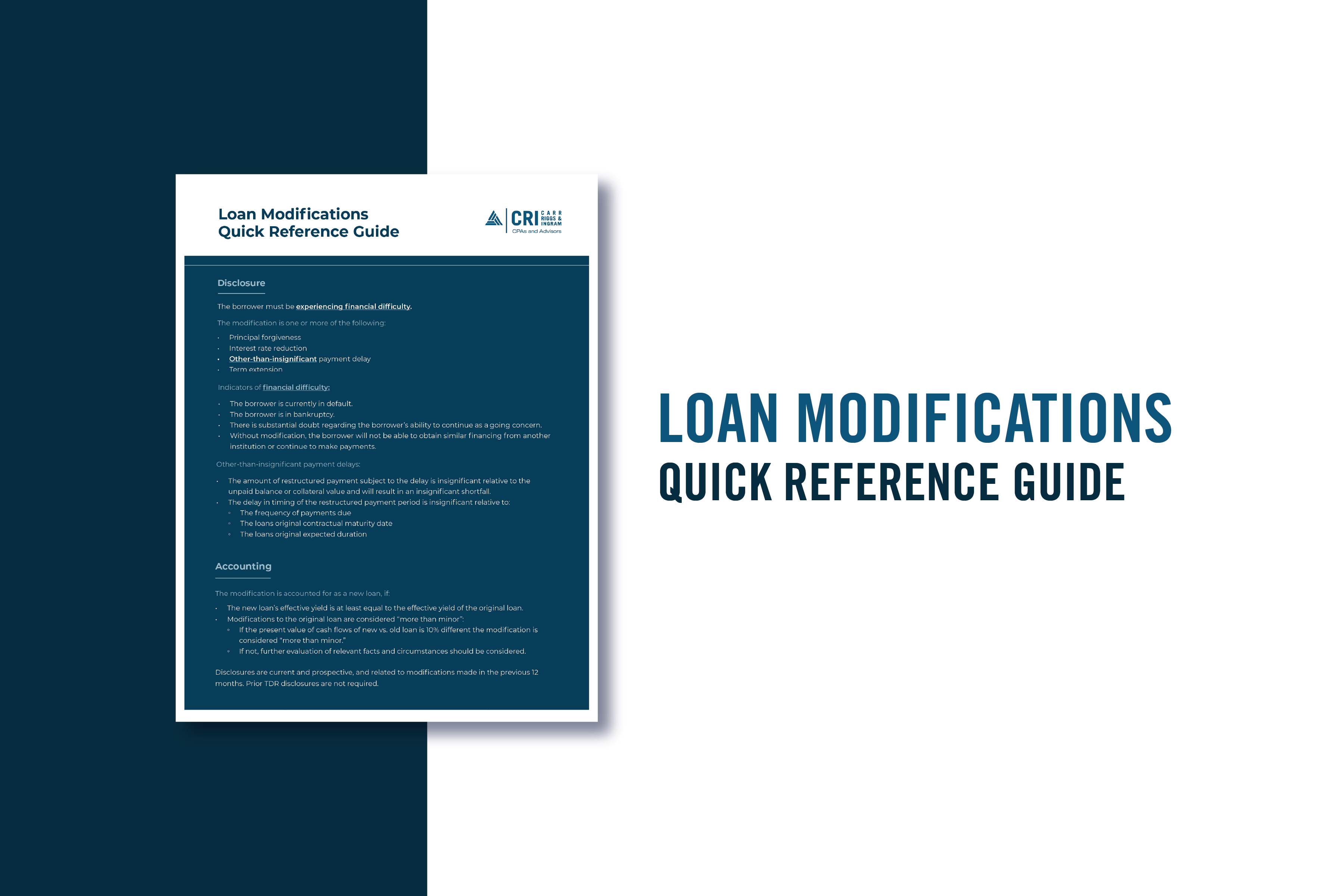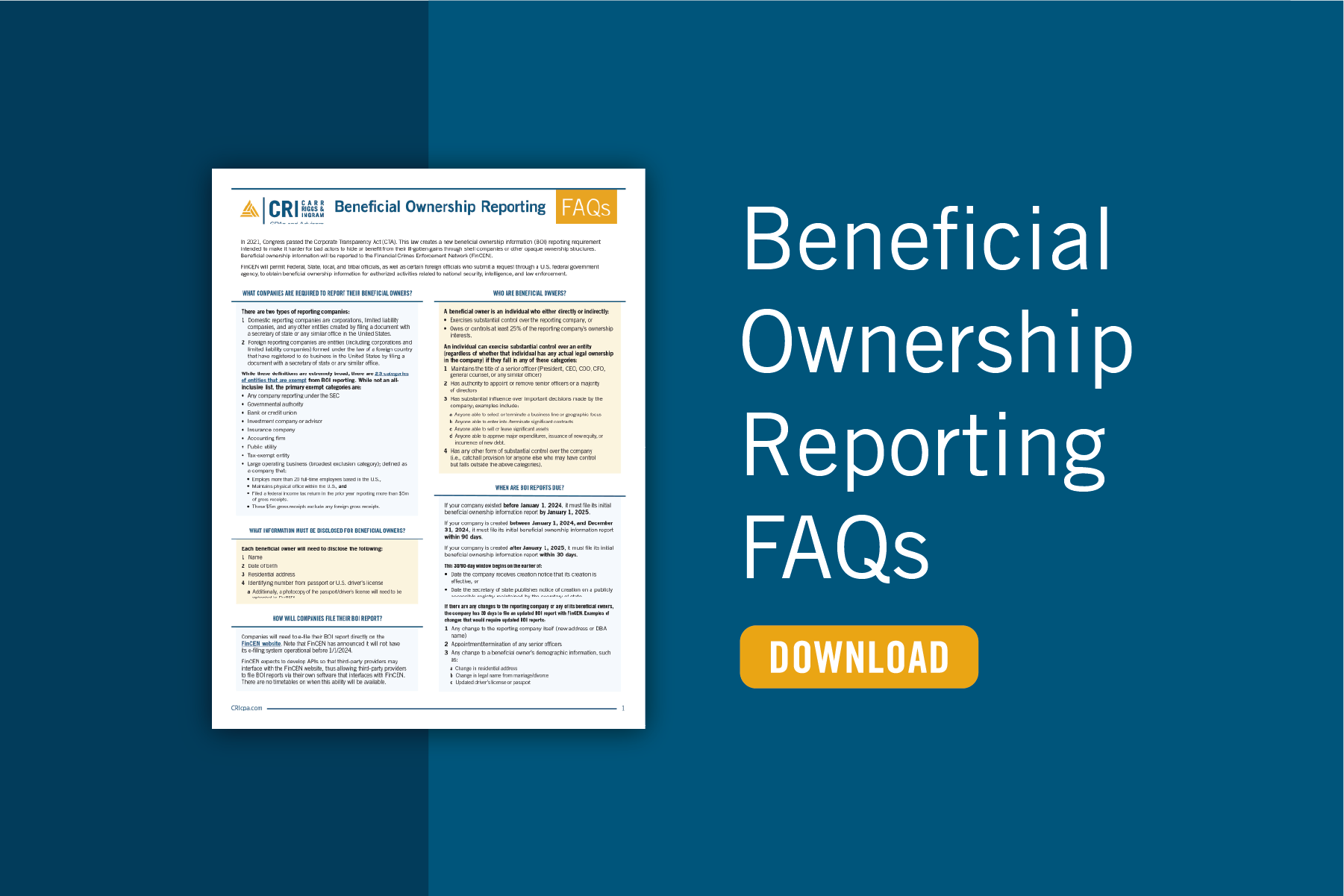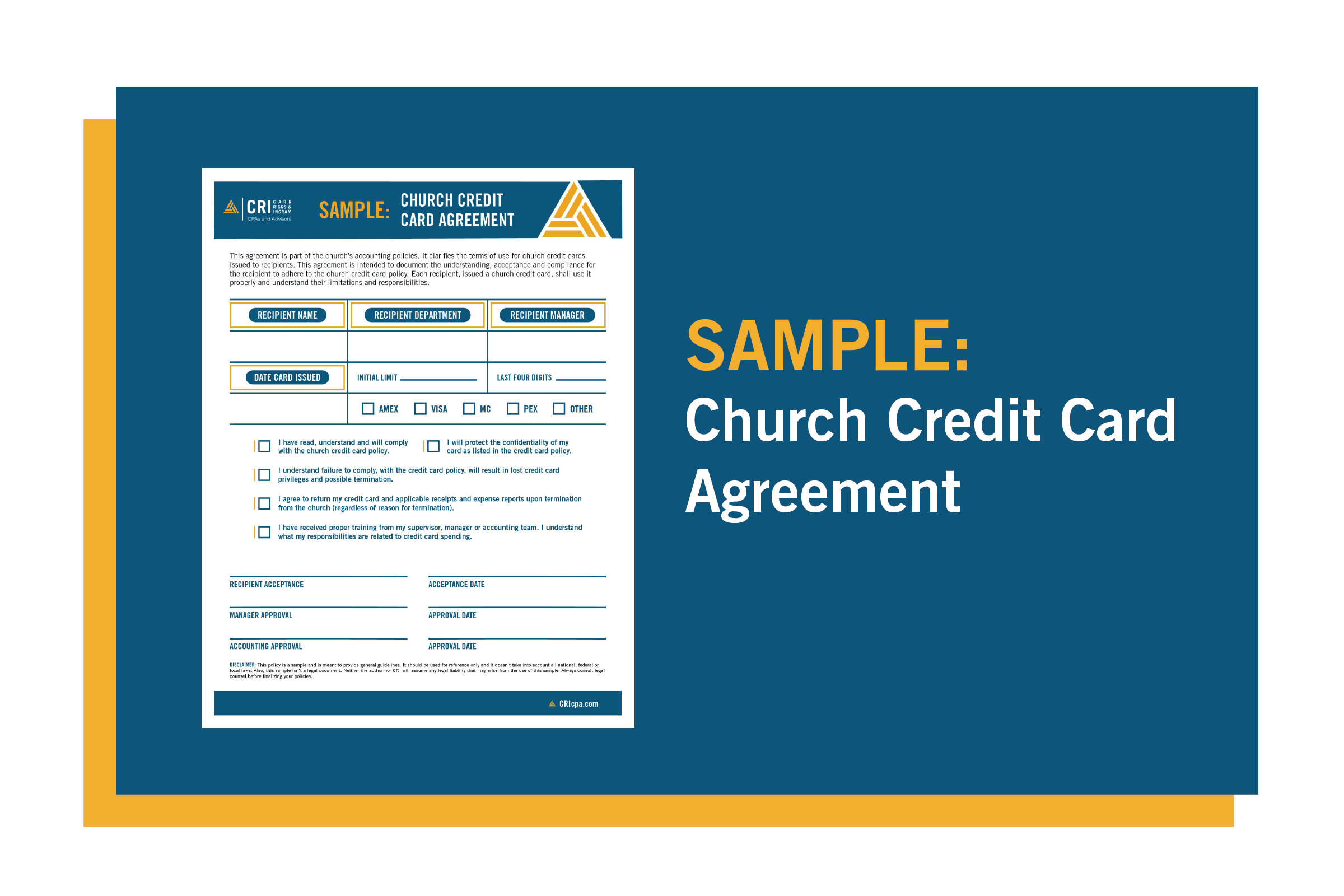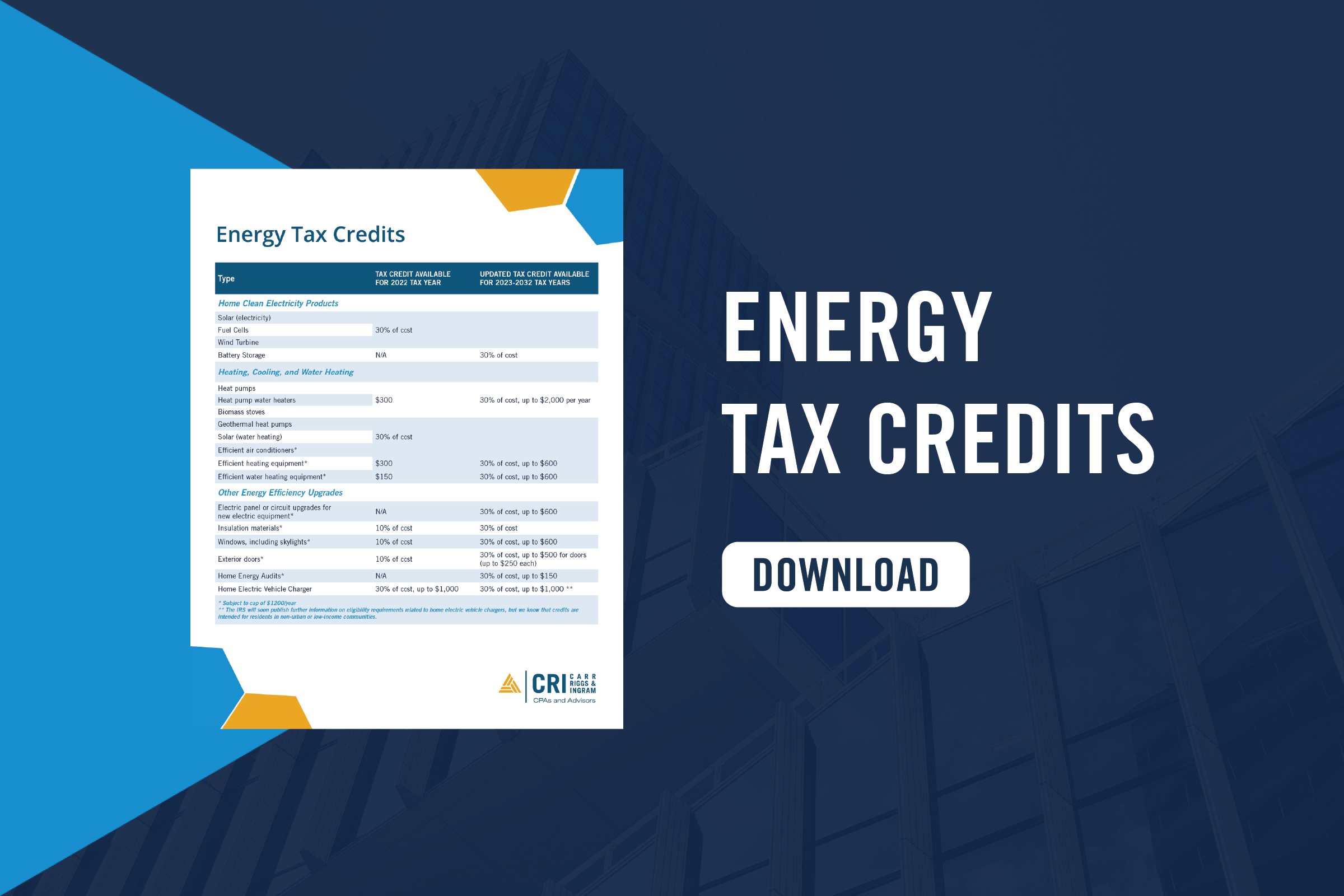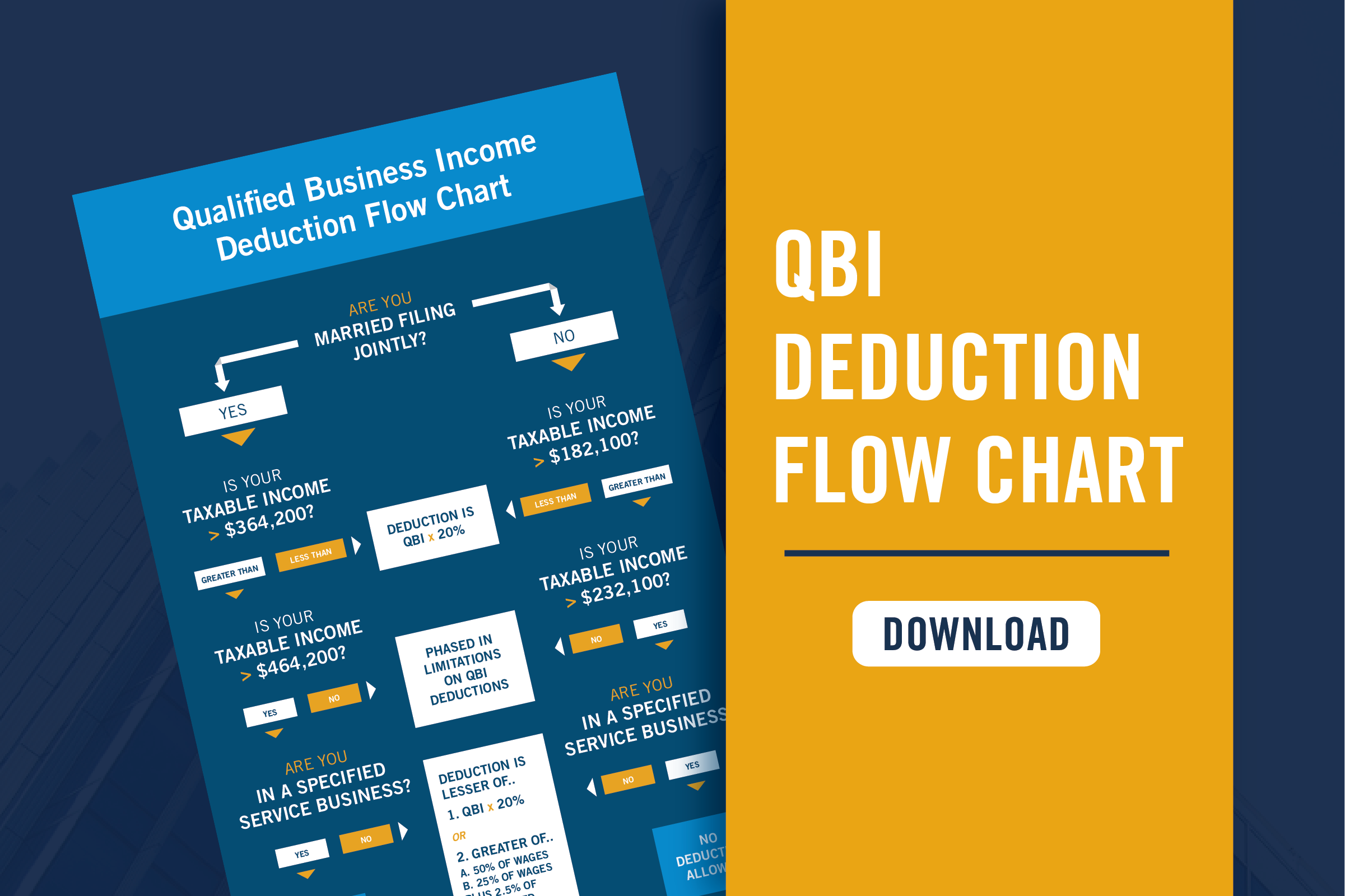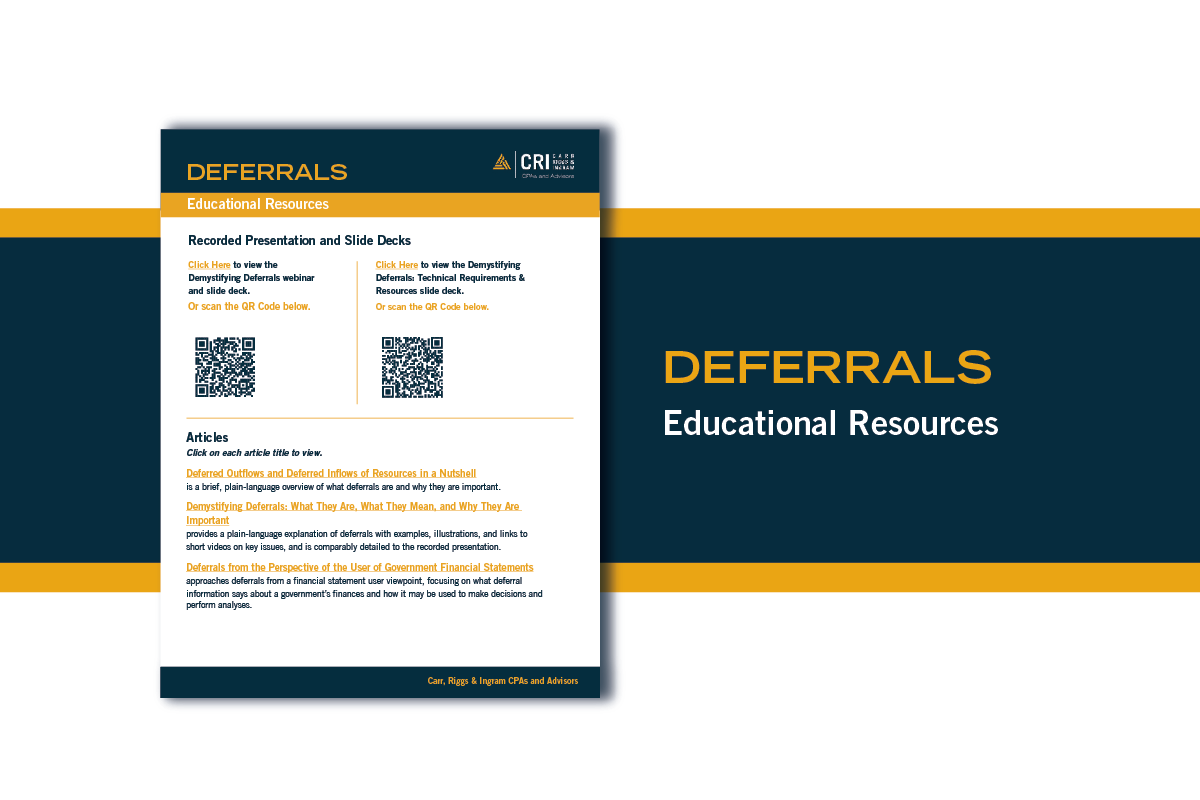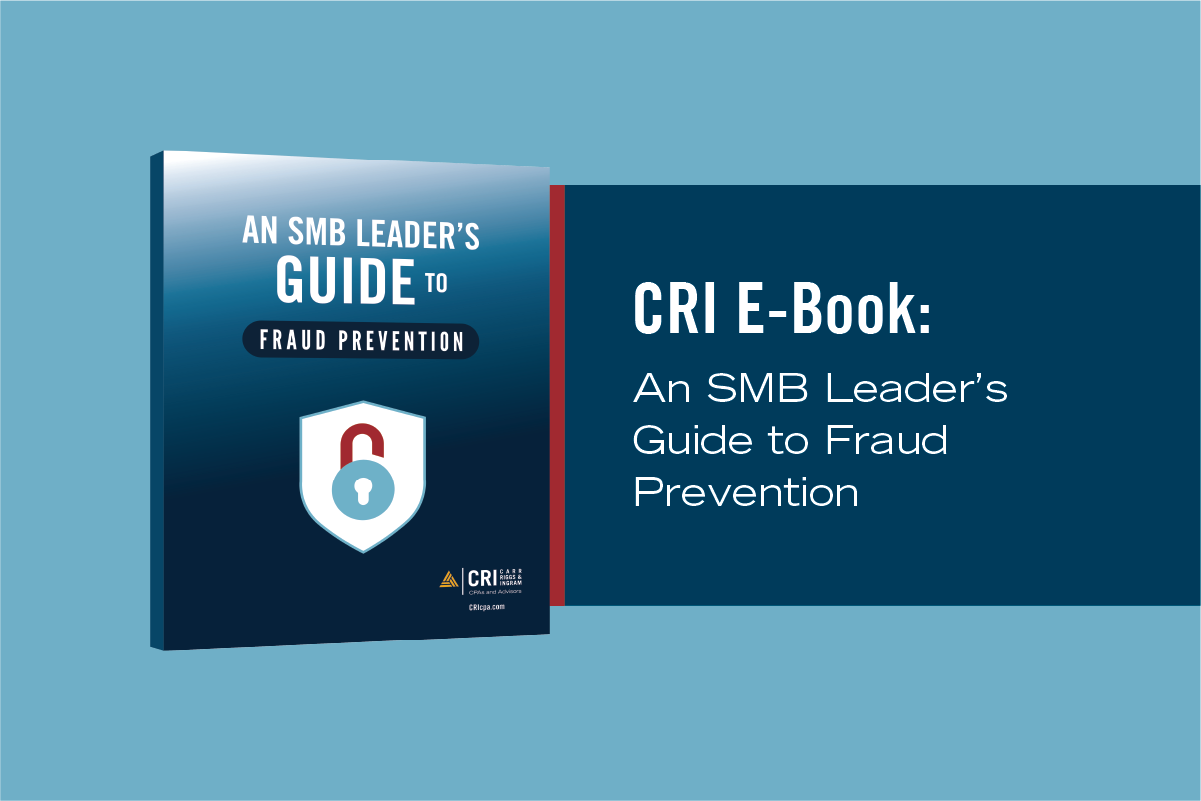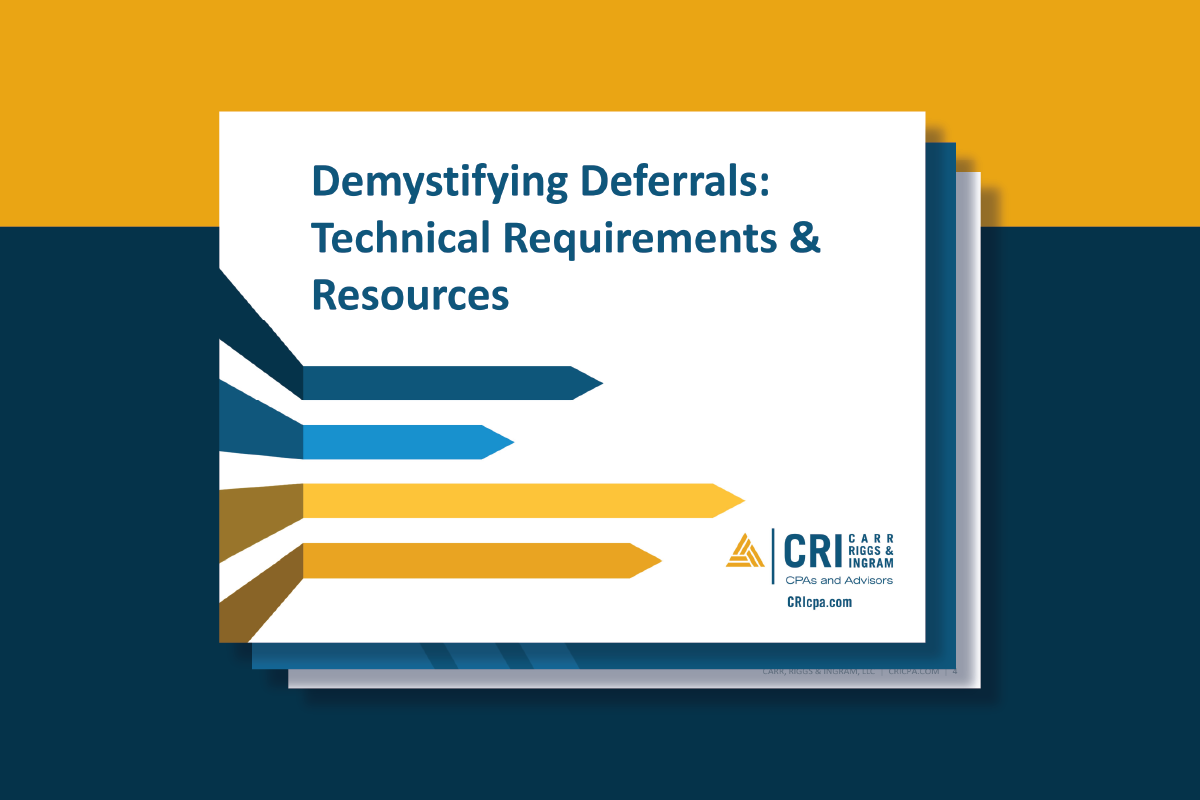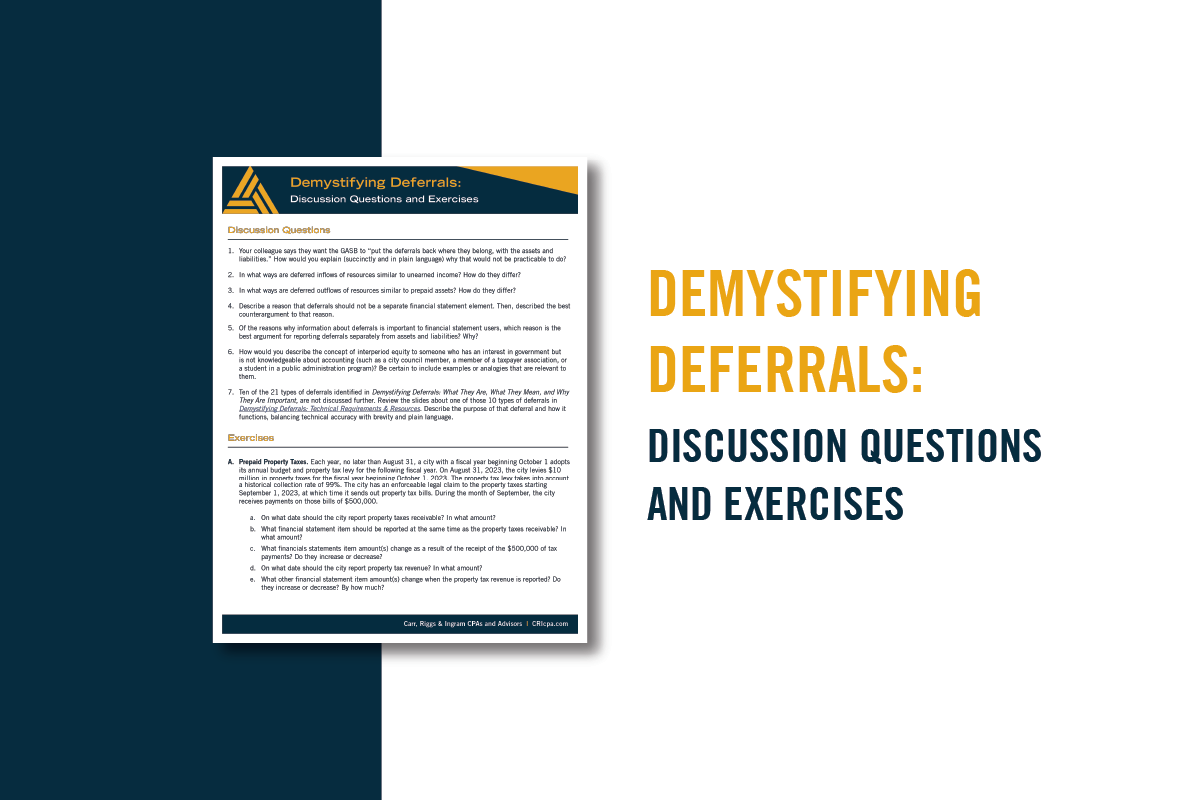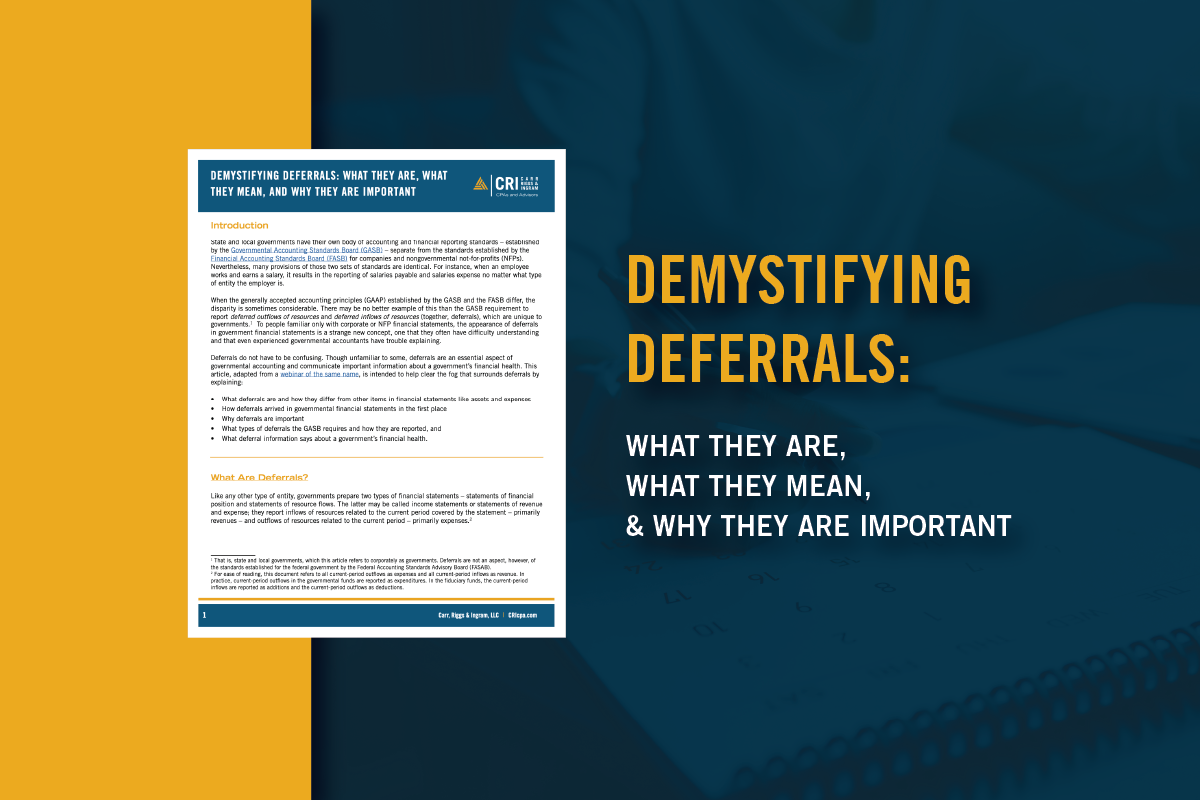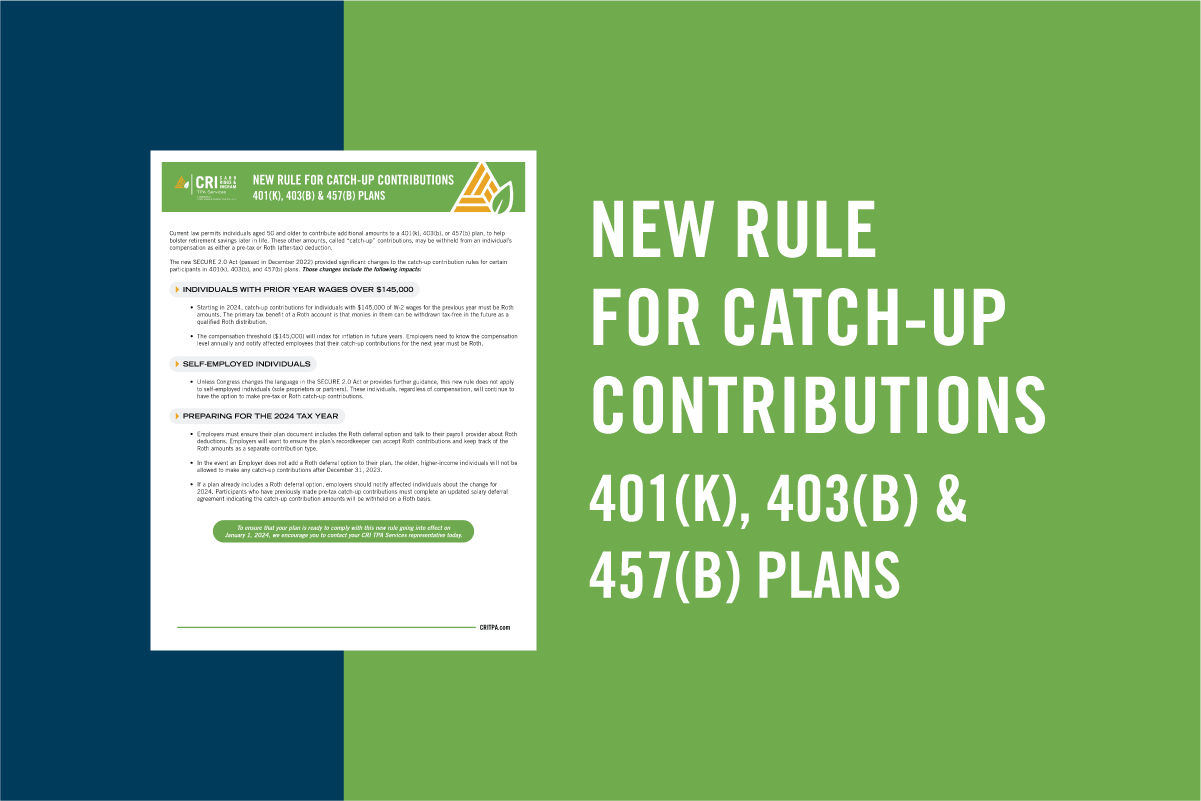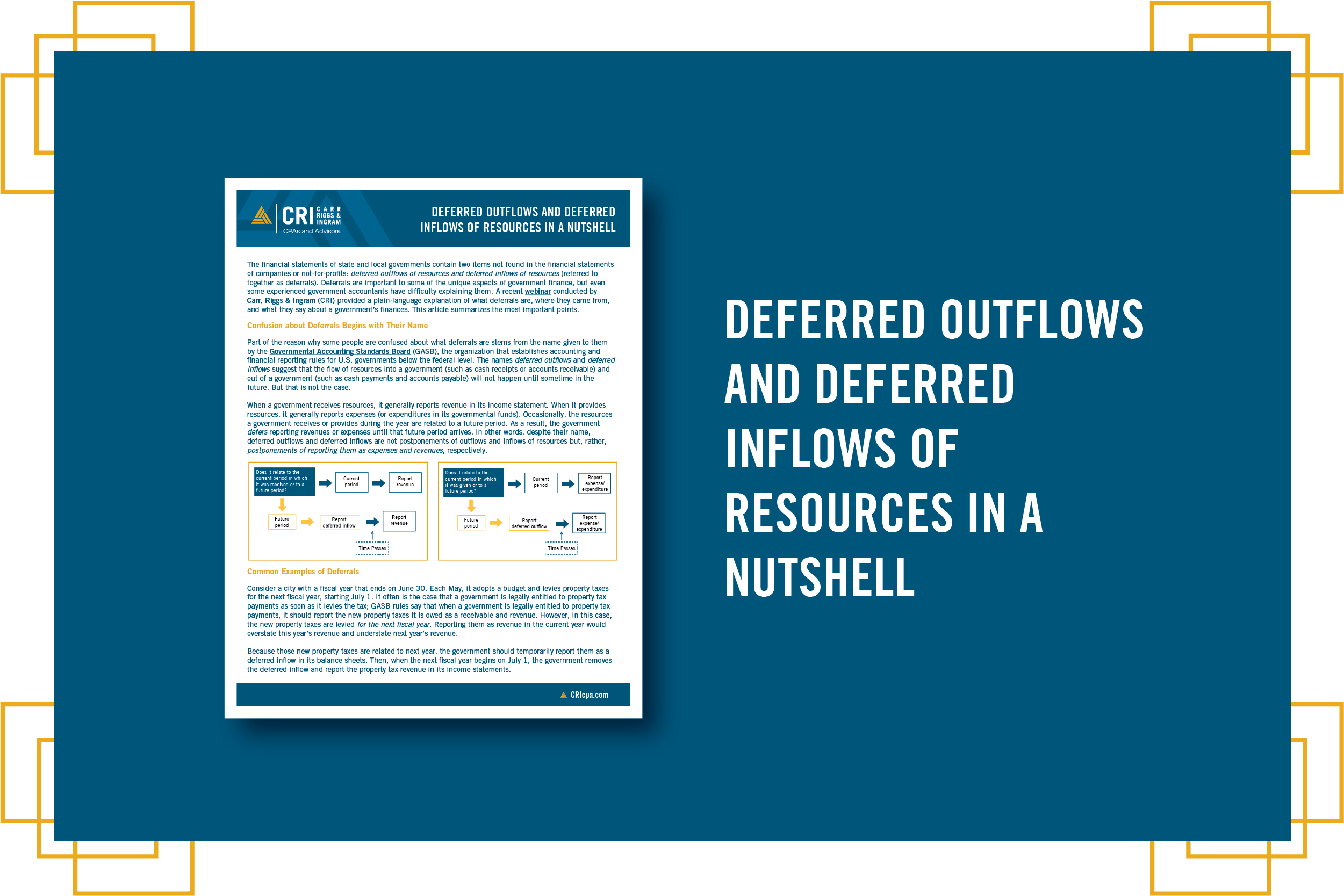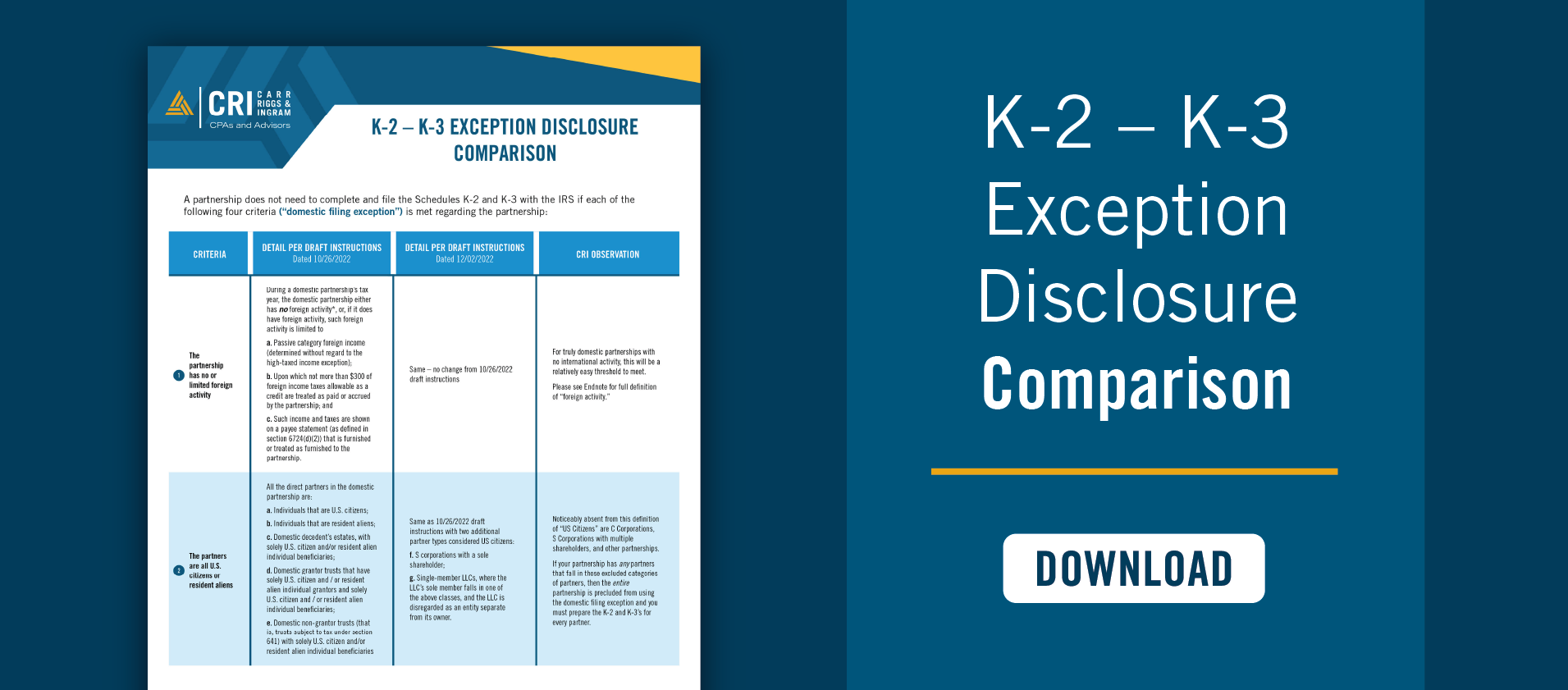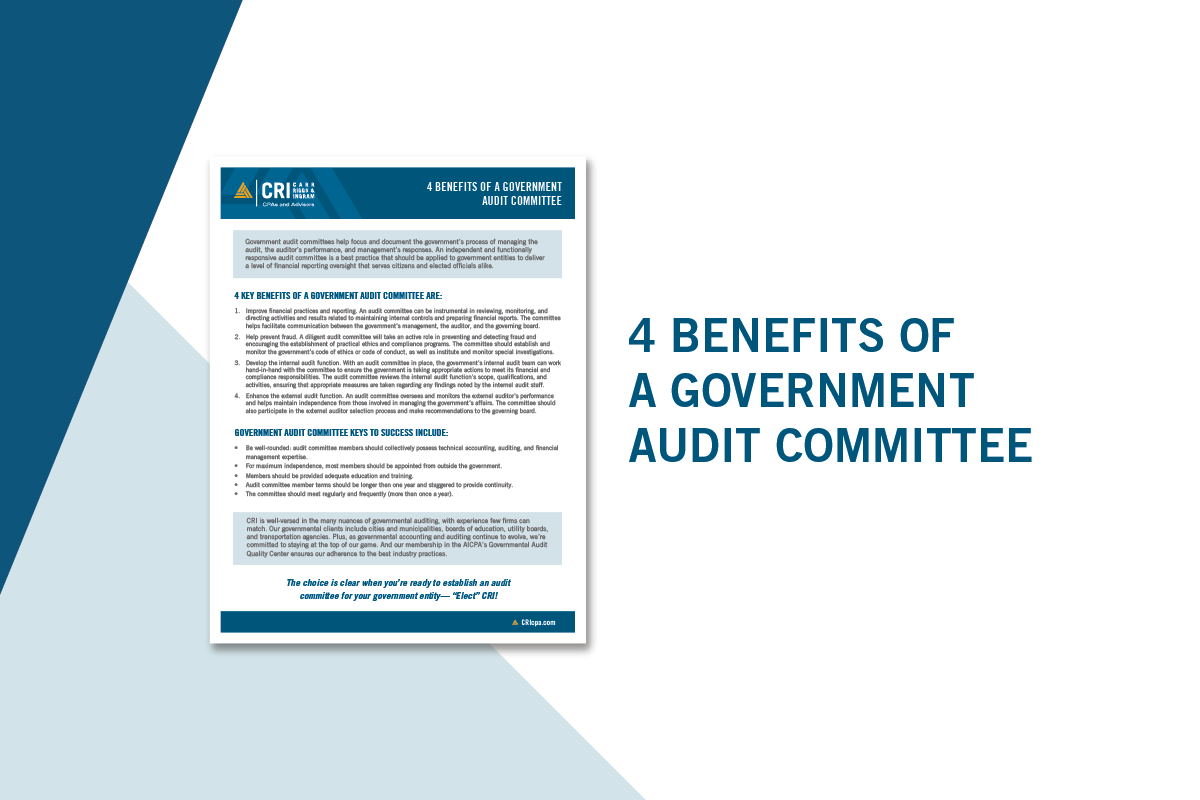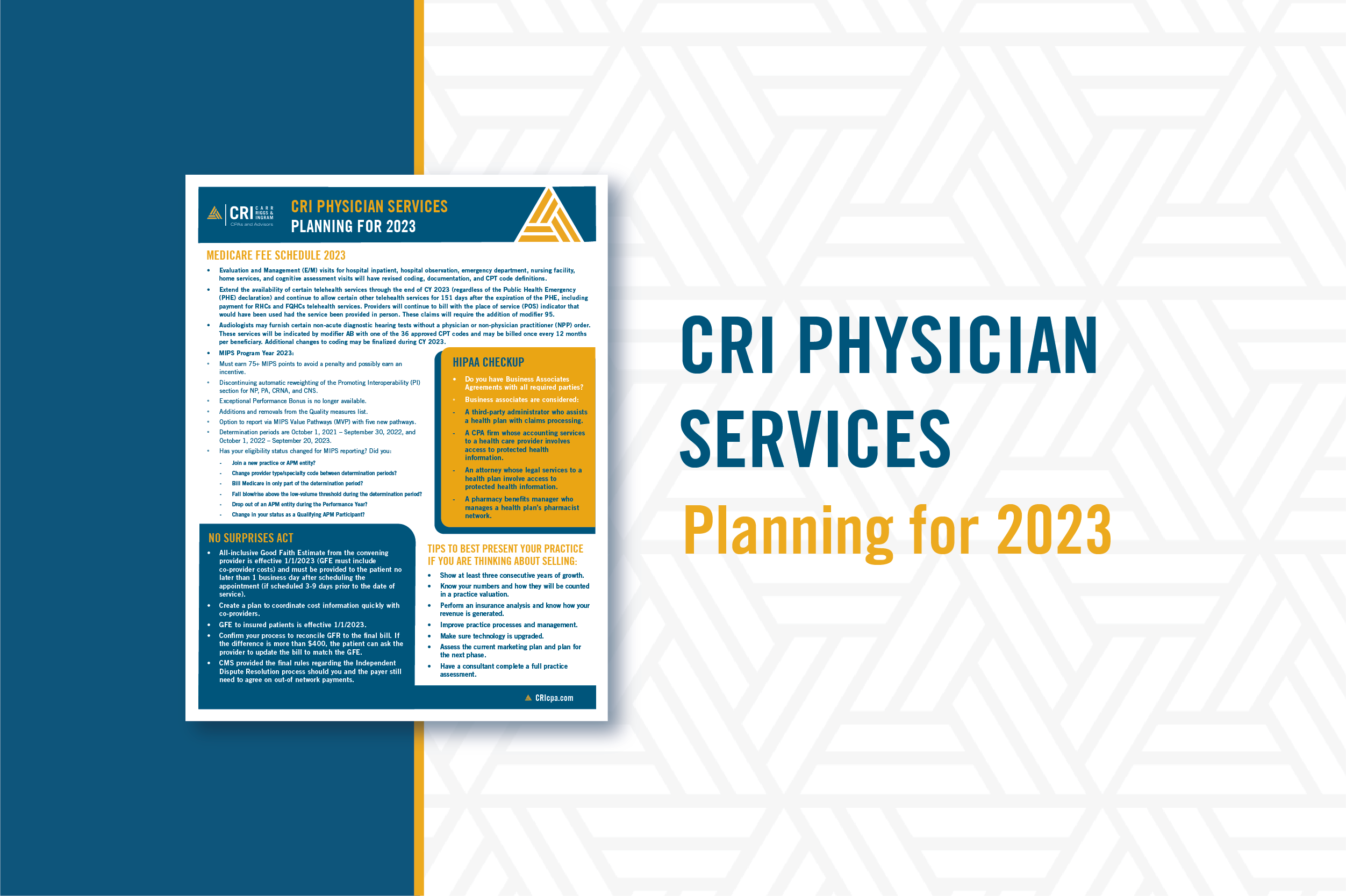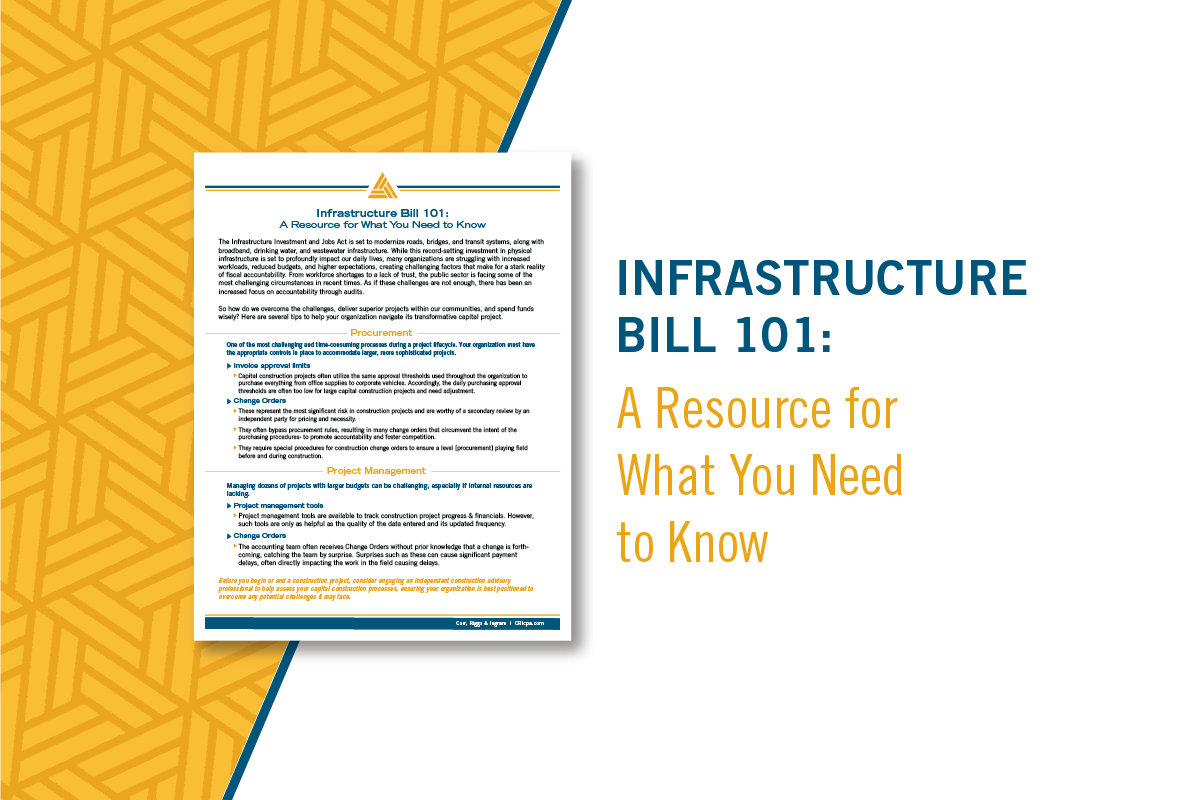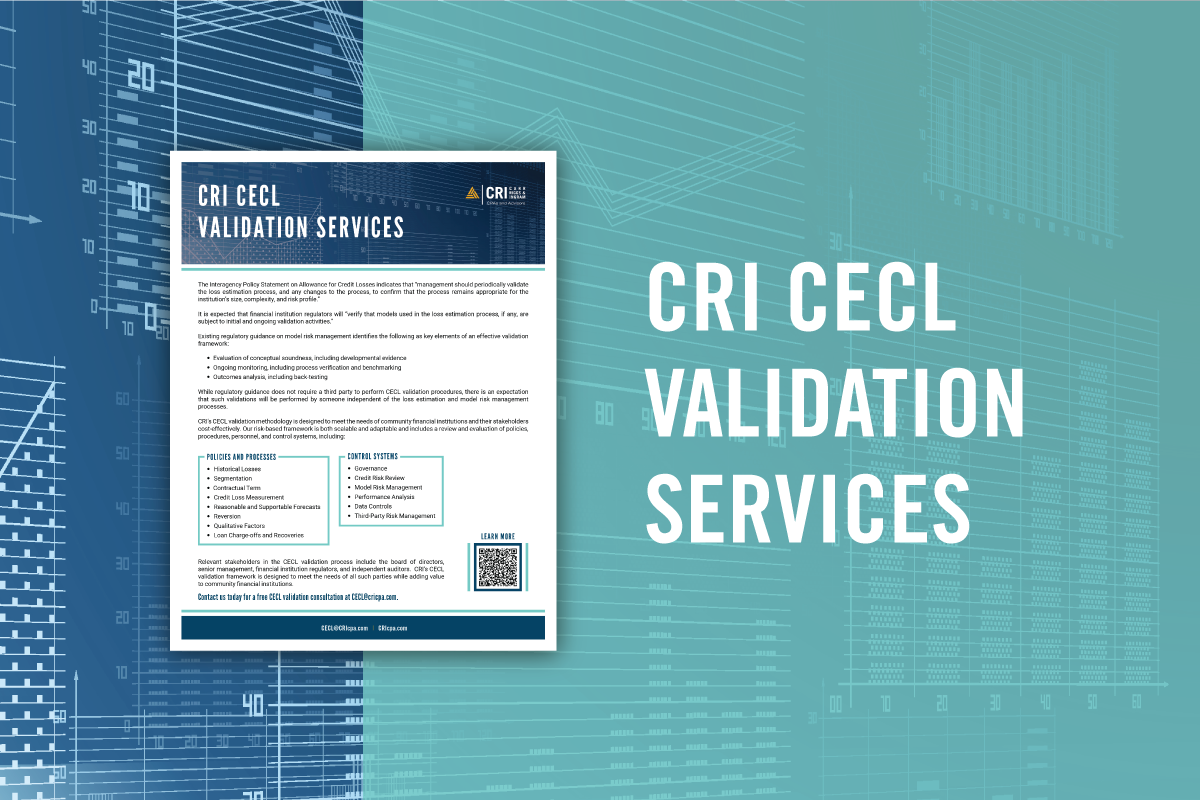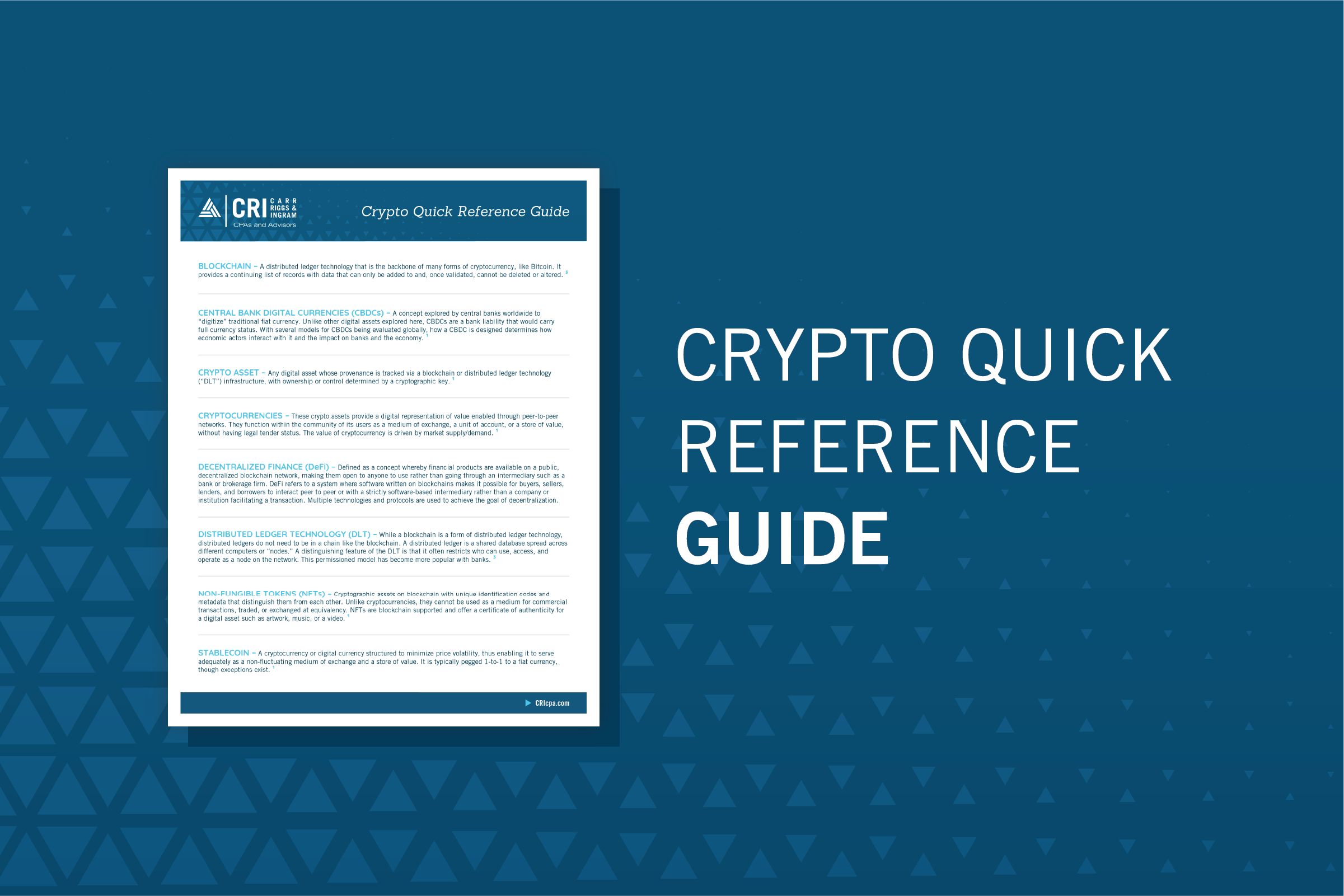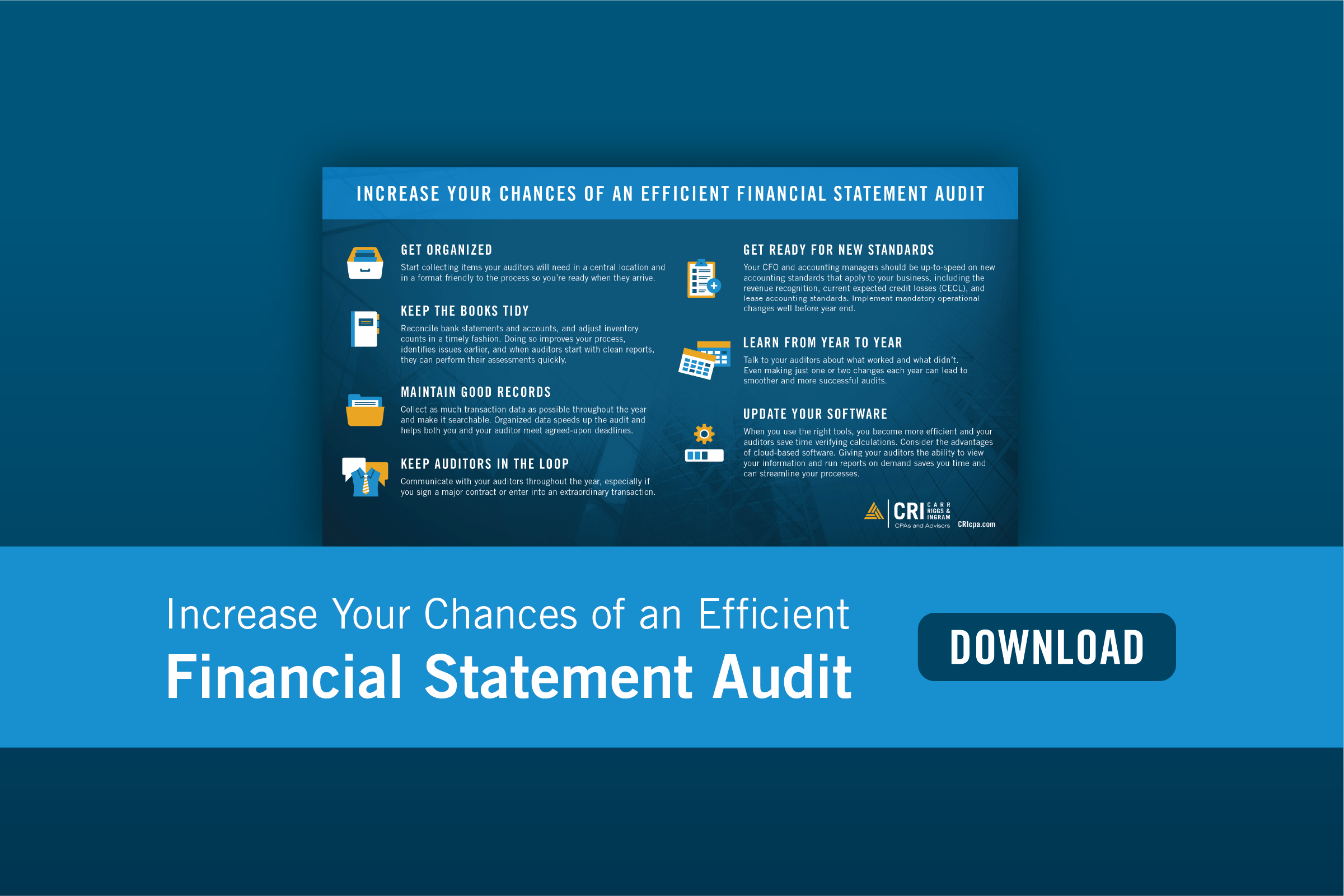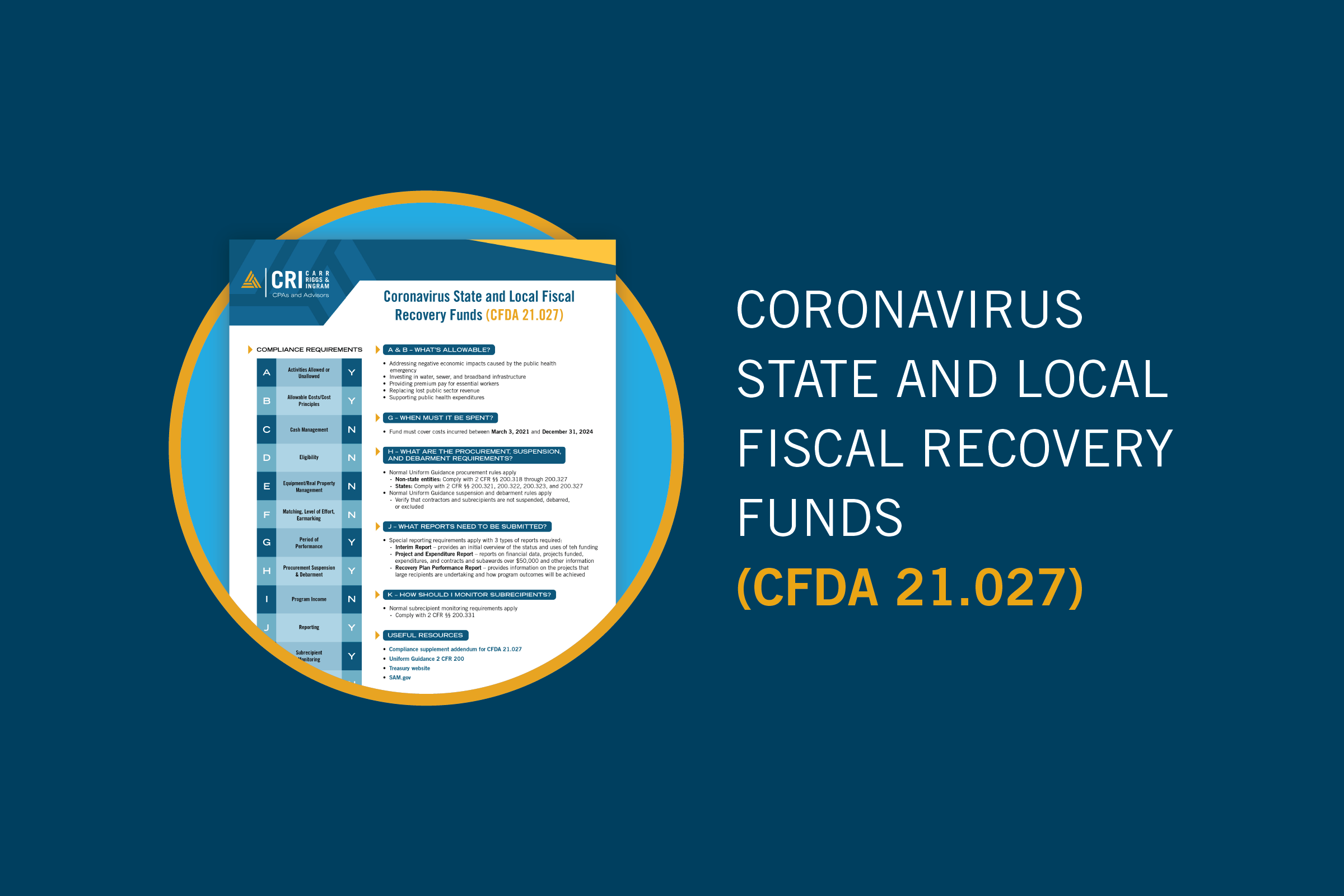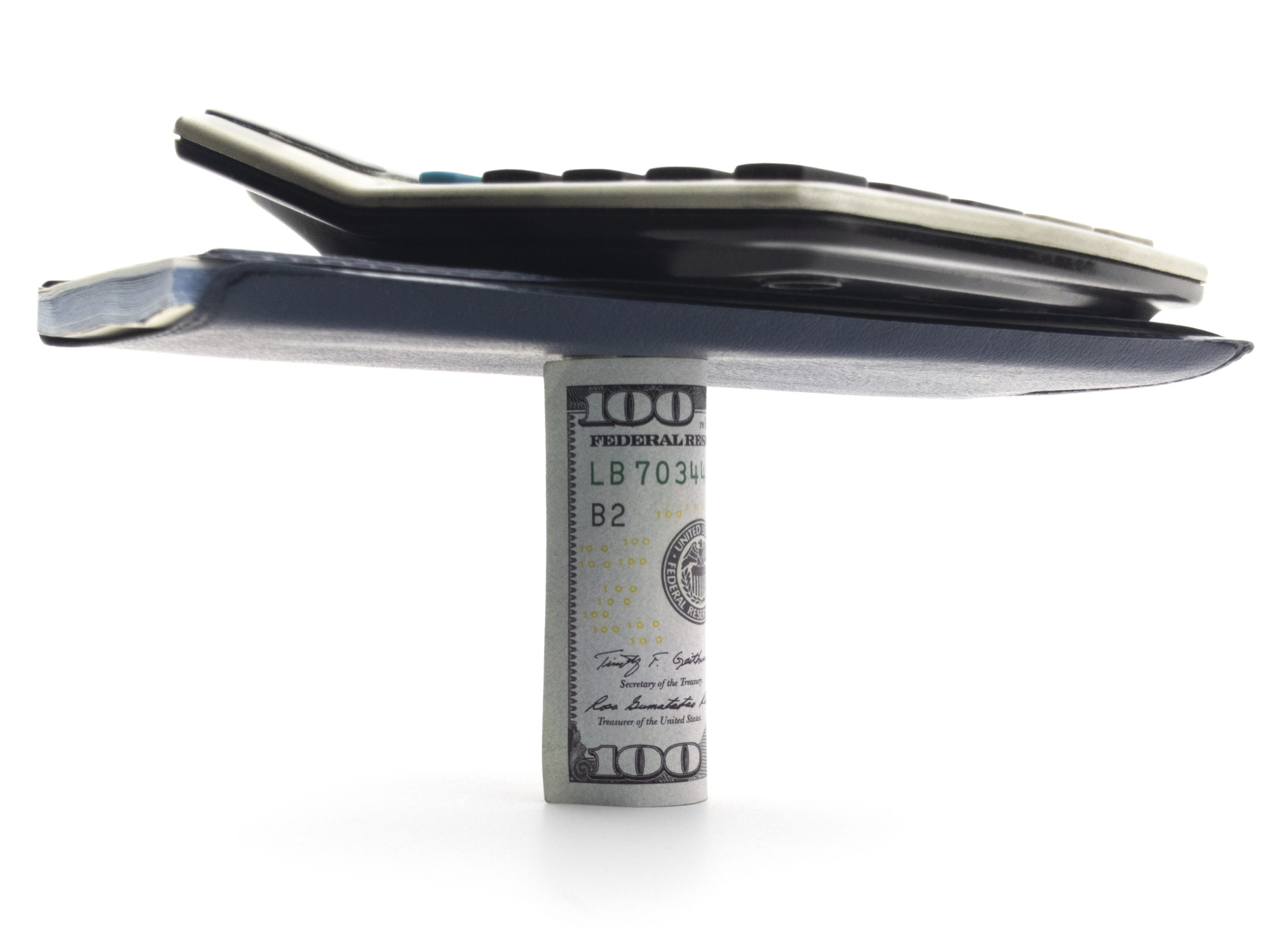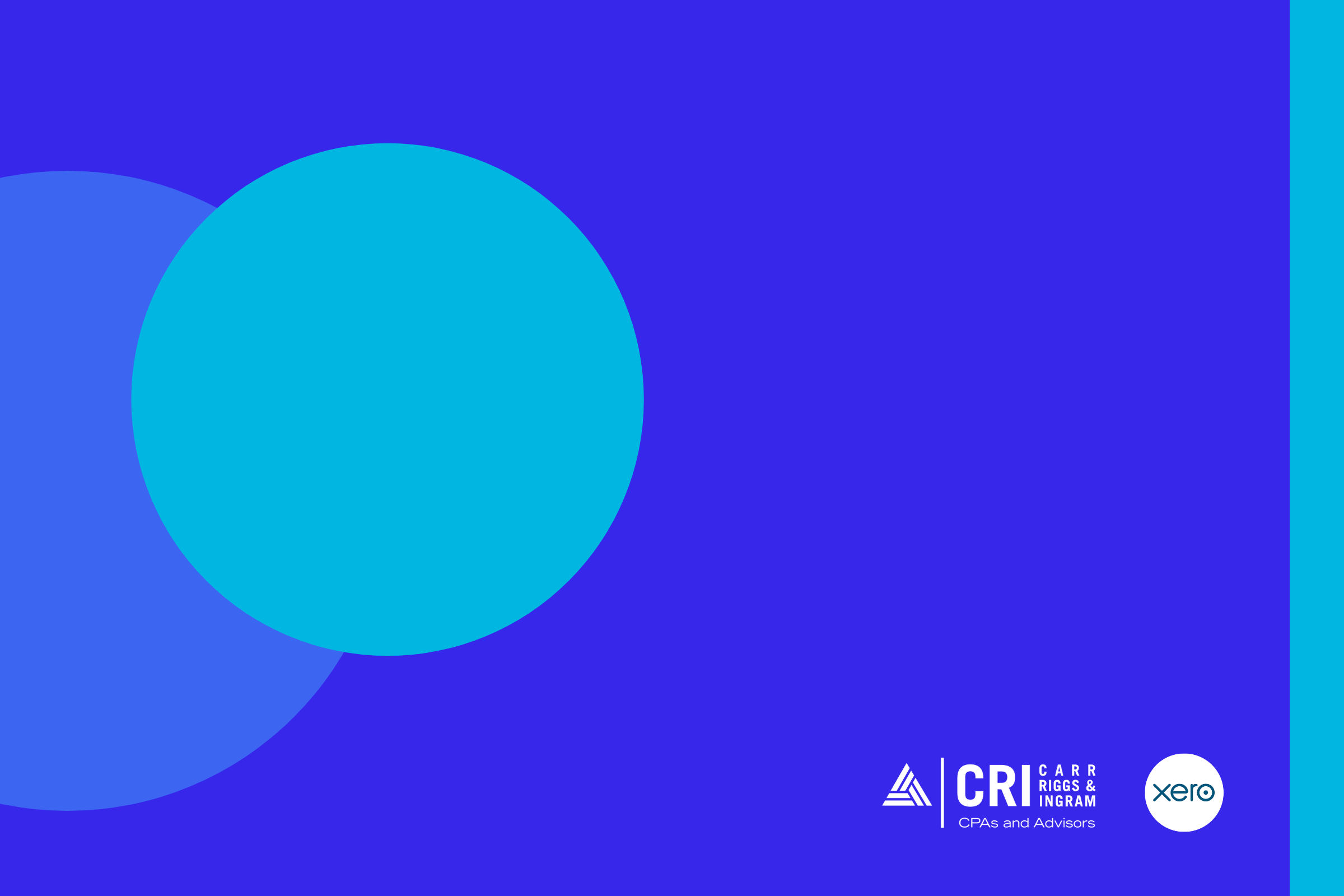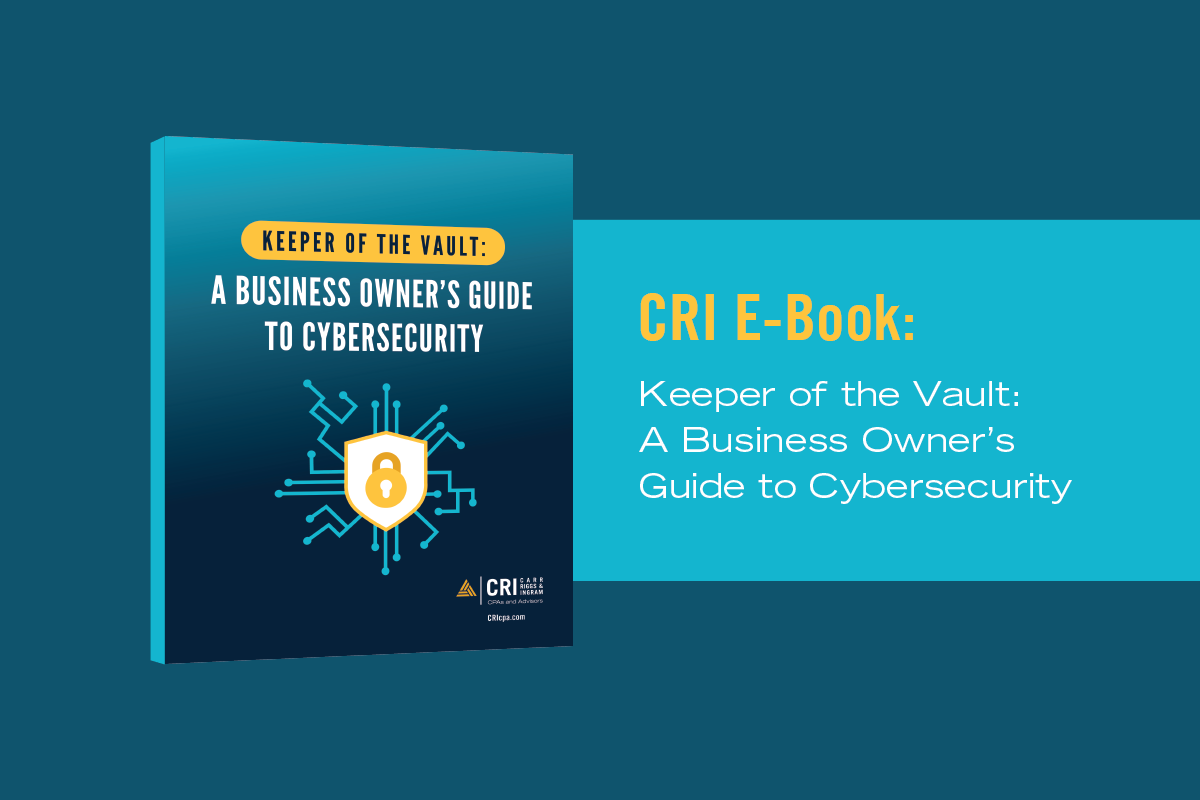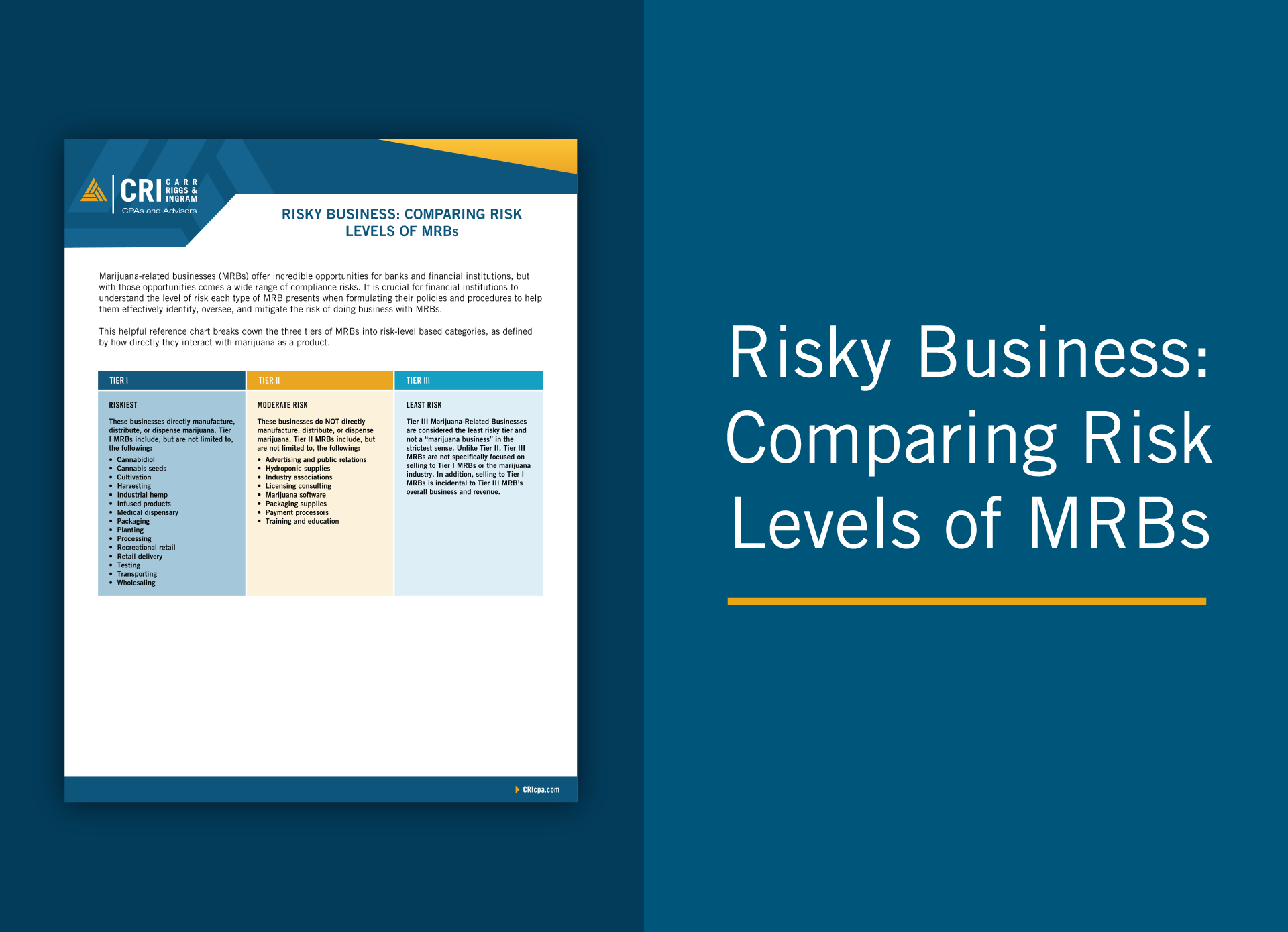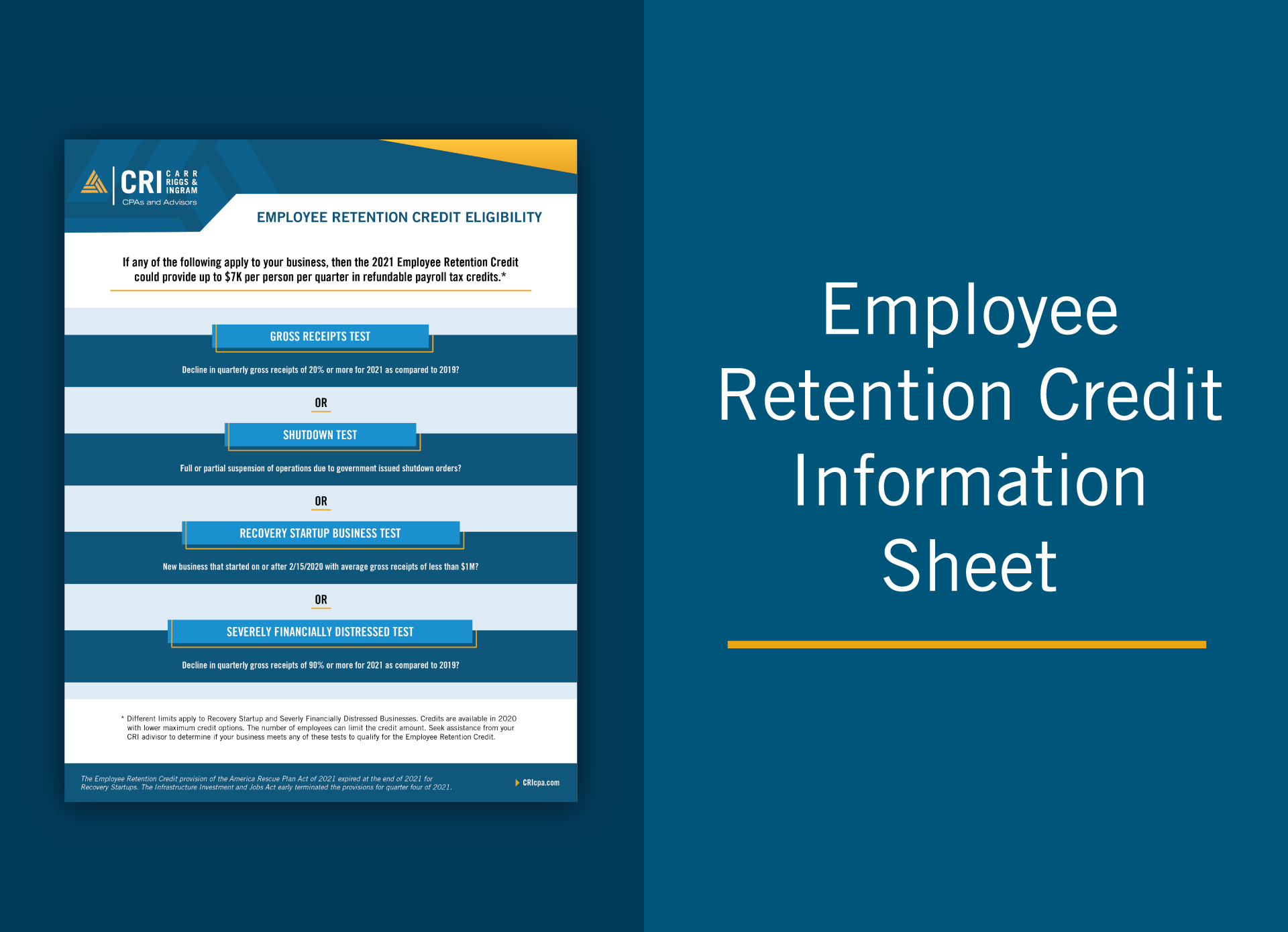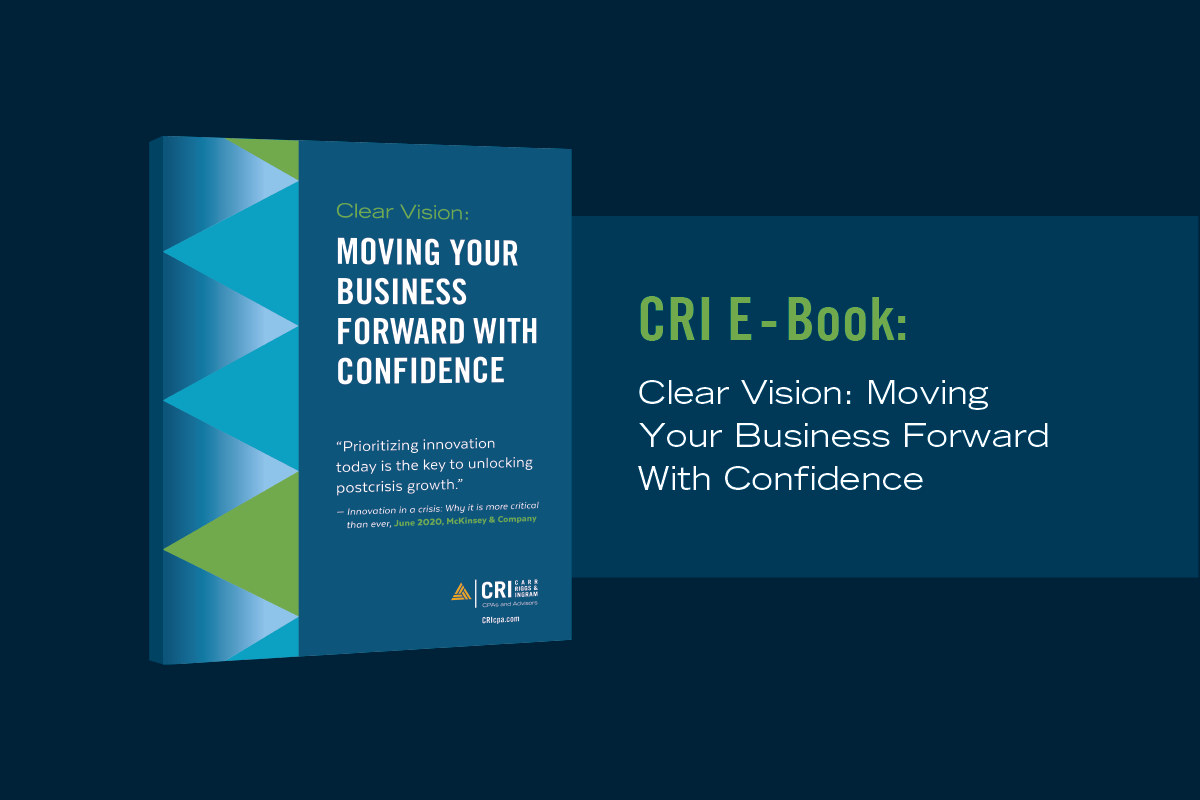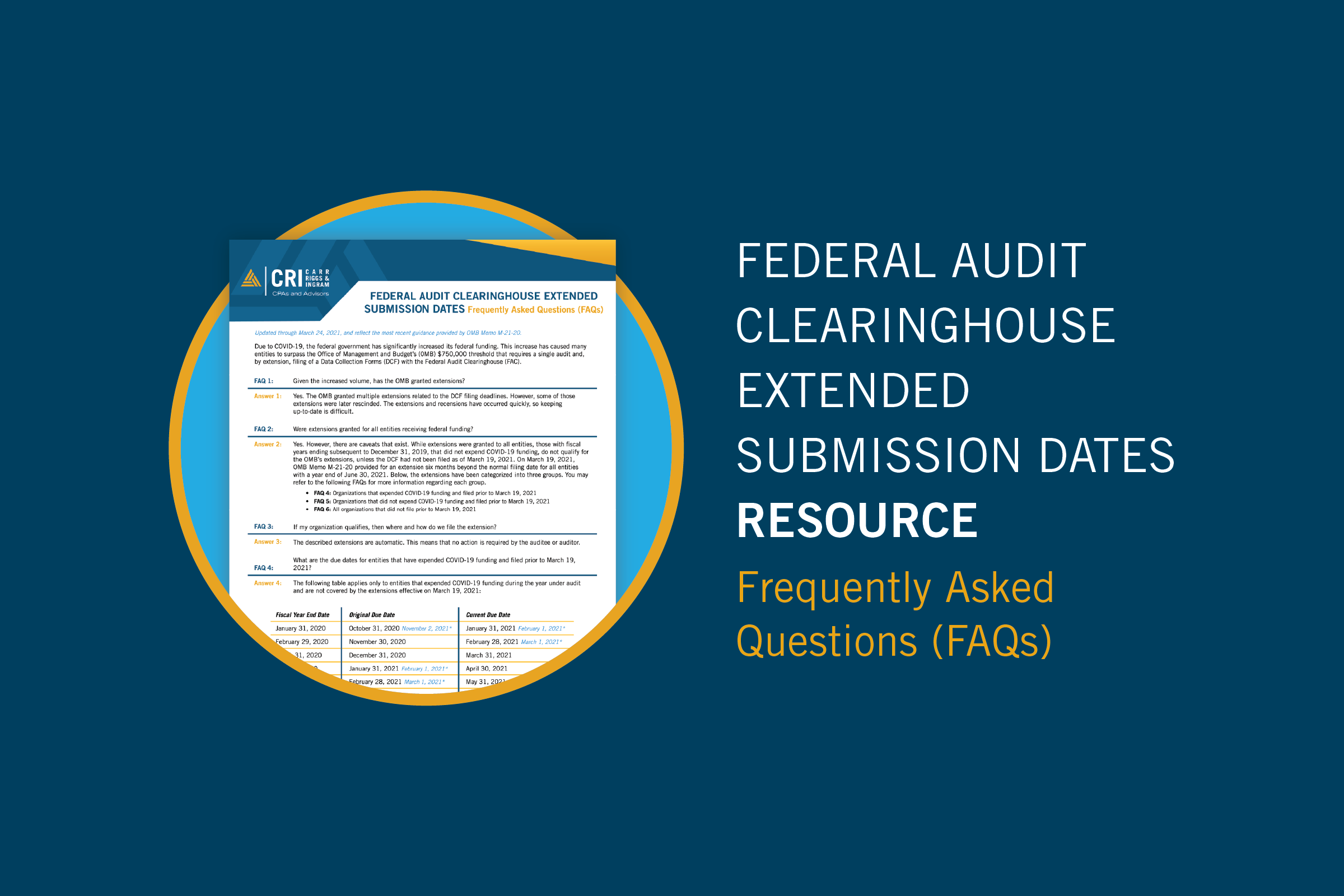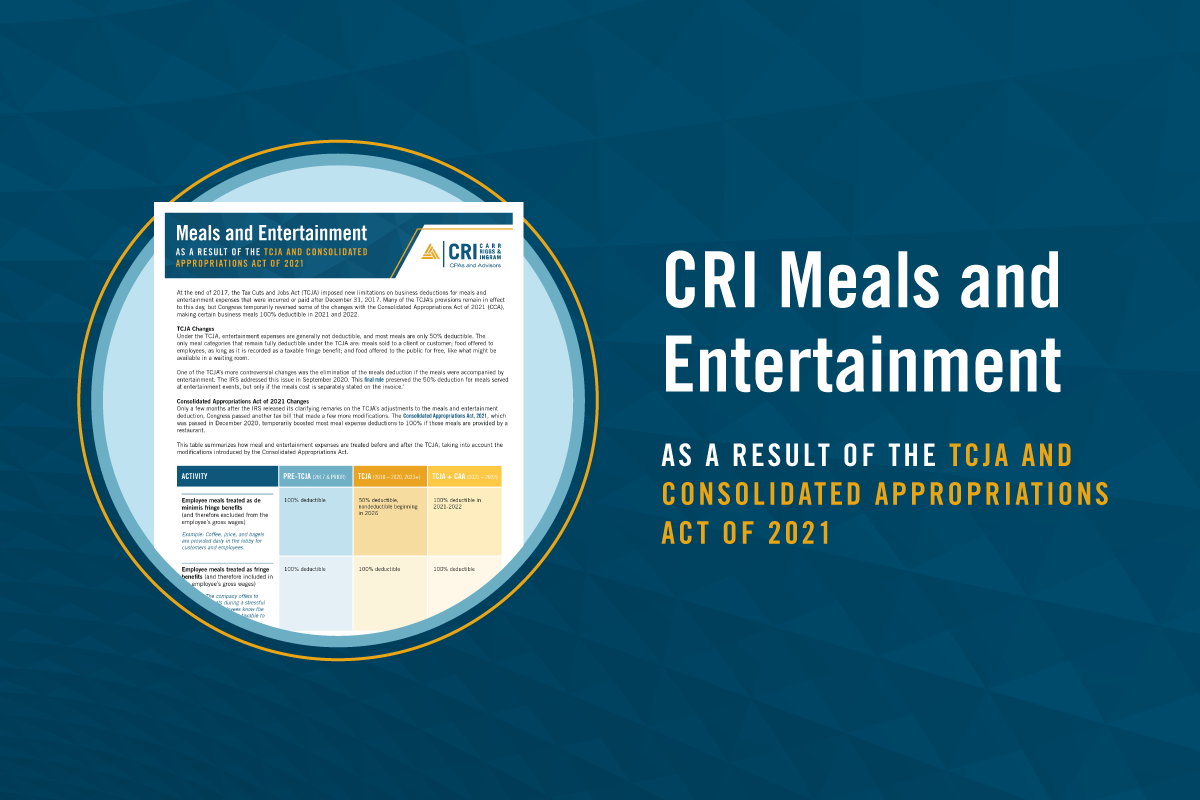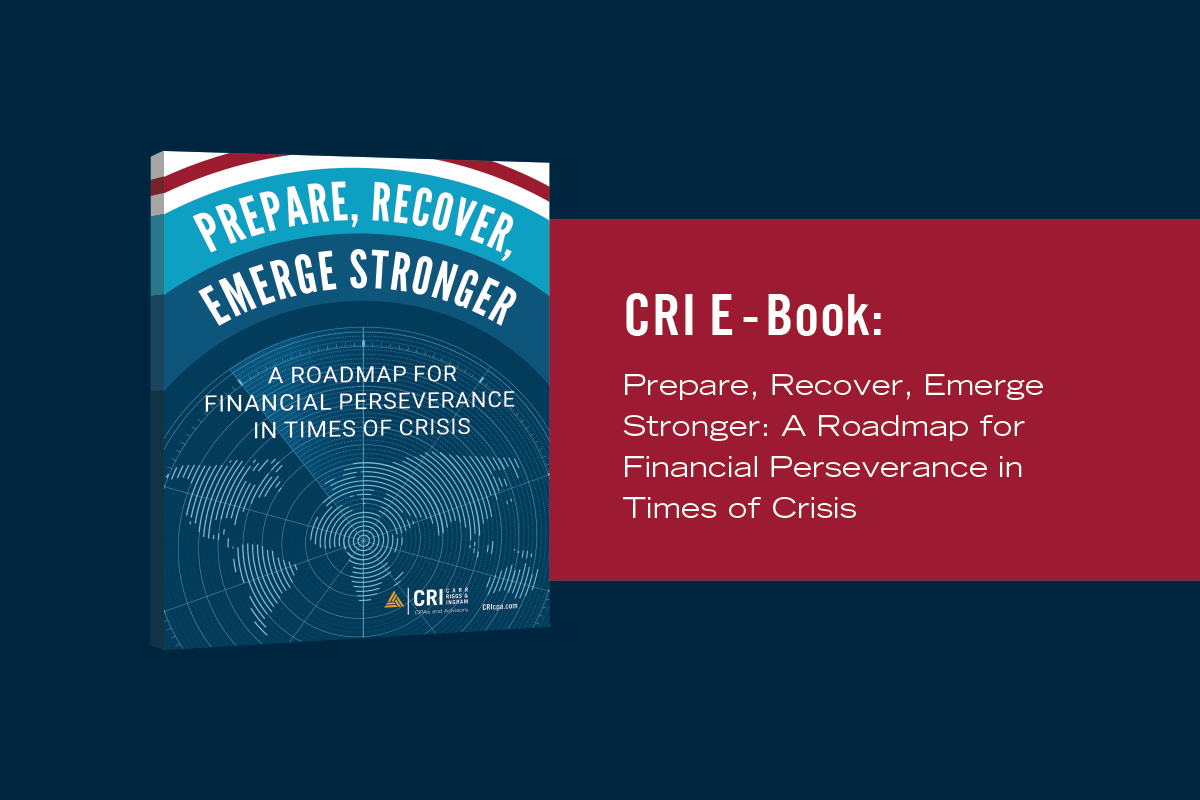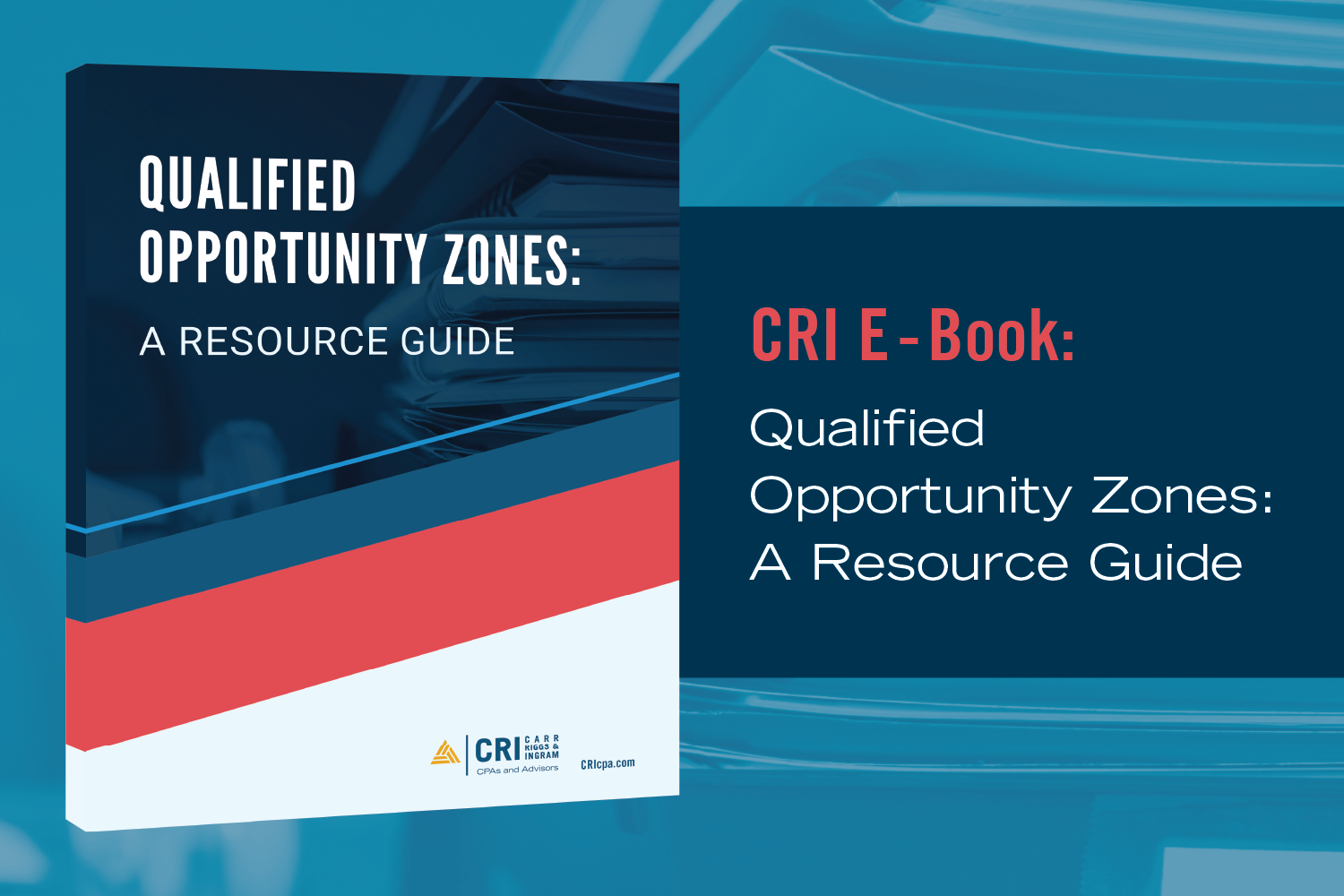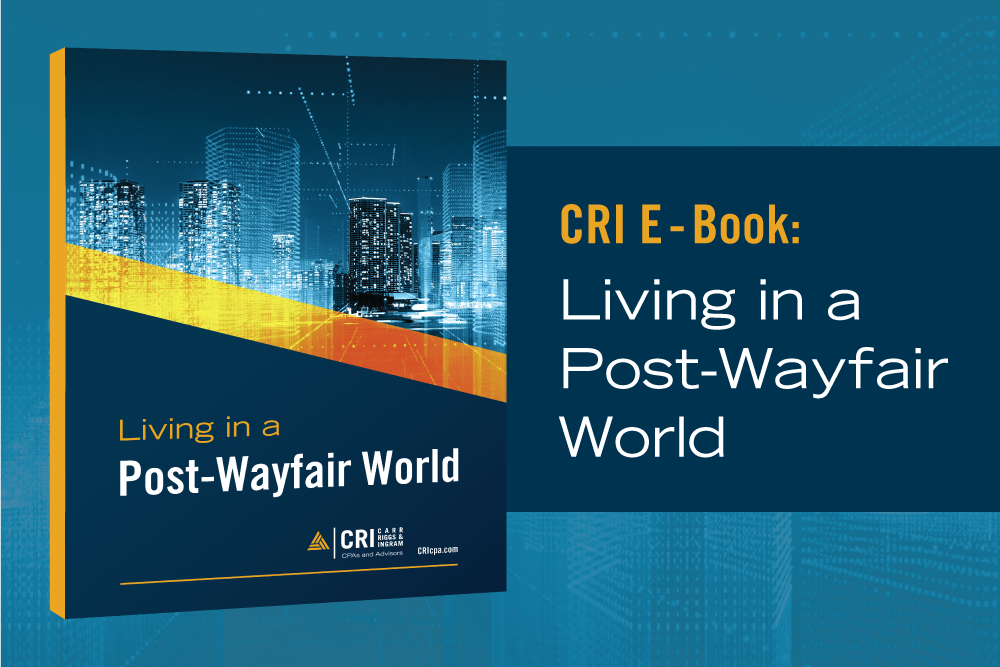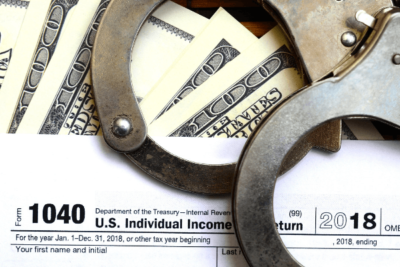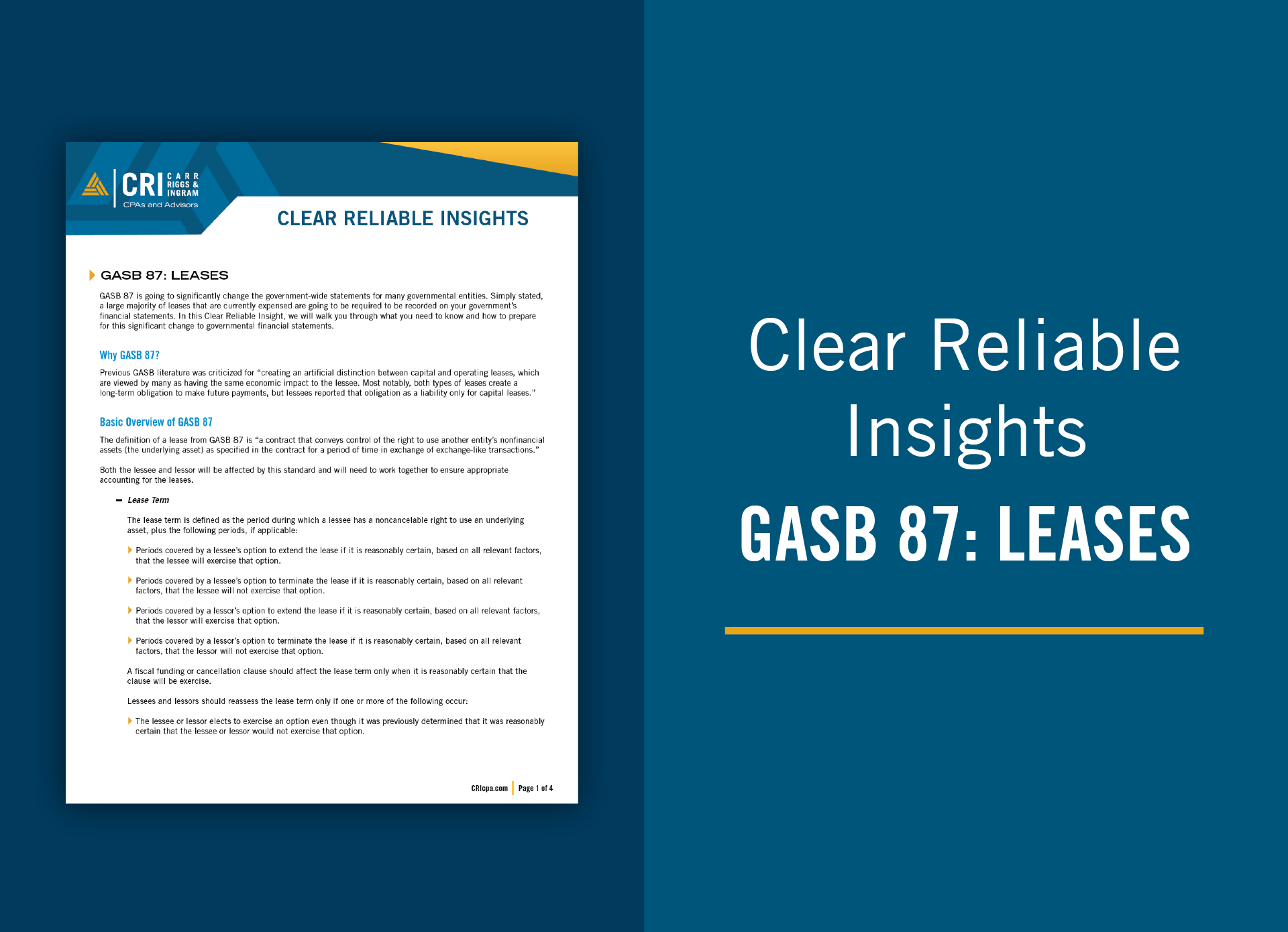What Does a Cash Balance Plan Mean for You?
Mar 21, 2022
Back to the Basics
Often described as a “hybrid arrangement,” cash balance plans are a specific type of defined benefit plan. When a cash balance plan is in place, employees will be eligible for an account that is credited yearly with a contribution that is “employer-funded.” That account is also guaranteed an interest amount that is stated in the original plan document and has no ties to what the actual investment earnings rate is for the plan.
How Much Can You Contribute?
Typically, within cash balance plan documents, the employer contribution will be represented by a formula based on a flat dollar amount or an overall percentage. It is also common for many cash balance plans to be paired with a 401(k)/profit sharing plan. This paired-plan approach allows for the maximum level of contributions under the law to be achieved.
It is important to remember that the IRS sets specific limits on the maximum contributions that can be made by an individual under both types of plans each year. Your service providers will have more information about the annual limits on each of your plans.
To determine the level of contributions that are needed to fund retirement for participants, a cash balance plan will generally use an allocation formula that is both age and wage based. This kind of plan will provide more substantial deductible contributions as compared to a defined contribution plan, like a 401(k) or a profit-sharing plan.
Defined Benefit Pension Plans
Keep in mind that cash balance plans are still a type of defined benefit pension plan. So, minimum funding requirements must be met each year. The employer must fund any benefits that the plan accrues in combination with annual contributions and investment income. Cash balance plans do not allow participants to make contributions. Annual contributions are required and are not optional.
How are Plan Funds Invested?
There are two options to invest funds—either the employer will select an investment provider to work with, or the owners of the fund may choose to manage the investments themselves. All contributions made to the plan are then pooled together and invested by a designated investment manager or the trustee of the plan. When the actual investments exceed the guaranteed interest credit, any excess amounts can be used to offset employer contributions in the future.
Returns from the actual investment will not affect the guaranteed interest credited to the accounts of the participants. The employer’s future contributions will increase if the investments earn less than their guaranteed interest. Although there are many types of fund options to invest plan assets, the investment manager should work closely with the employer and the plan actuary. By working closely together, investments are managed in a way that avoids both over-funding and under-funding the plan as a whole.
Employee Options Upon Termination or Retirement
At the time of termination or retirement, the balance of a participant’s cash balance plan has the option to be paid as either a lump-sum or in the form of an annuity. A lump-sum payment can be transferred or rolled over into an IRA or another retirement plan. However, although annuities are not eligible for rollover, participants do not have to wait until normal retirement age—typically age 65—before they can choose to withdraw their benefits.
Contribution Level Modifications
Although these plans do have required contributions each year, the formula can be amended from time to time, with certain limitations. It can also be frozen or terminated altogether.
Cash Balance Plan and IRS Nondiscrimination Testing
When it comes to all qualified retirement plans, the IRS seeks to ensure that the benefits provided are not discriminating against non-owner employees by prescribing specific nondiscrimination testing each year. Although specific contribution levels will be dependent on a variety of factors, including the nondiscrimination testing, it is reasonable to expect contribution levels to be in the 5% to 8% range. If the cash balance plan is paired with a 401(k)/profit sharing plan, the nondiscrimination testing will be done on a combined-plan basis using the benefits provided under both plans.
When to Consider a Cash Balance Plan
When considering how to provide cost-effective retirement benefits, a cash balance plan is an excellent choice for both owners and employees. These kinds of plans can be adopted by almost all entity types, including sole-proprietors, partnerships, corporations, or LLCs. To sponsor a plan, the owners must have some form of wages or earned income. Entities that only have passive income are not eligible to sponsor a plan.
In general, a business that would benefit from this type of arrangement may have the following characteristics:
- Three or more years of profitability from the company that shows high earnings for owners in either the form of W-2 wages or self-employment earnings
- Consistent cash flow that can fund more substantial contribution amounts each year
- The employee demographic shows that owners are typically older than a majority of the employees
- A sole proprietor or partnership with no employees who match the characteristics listed as one and two above
While each scenario is different, it is possible that your business doesn’t have to meet all of the general characteristics to benefit from a cash balance plan. If you are interested in learning more about a cash balance plan and think it would be a good fit for your business, contact your CRI tax advisor for more information.
